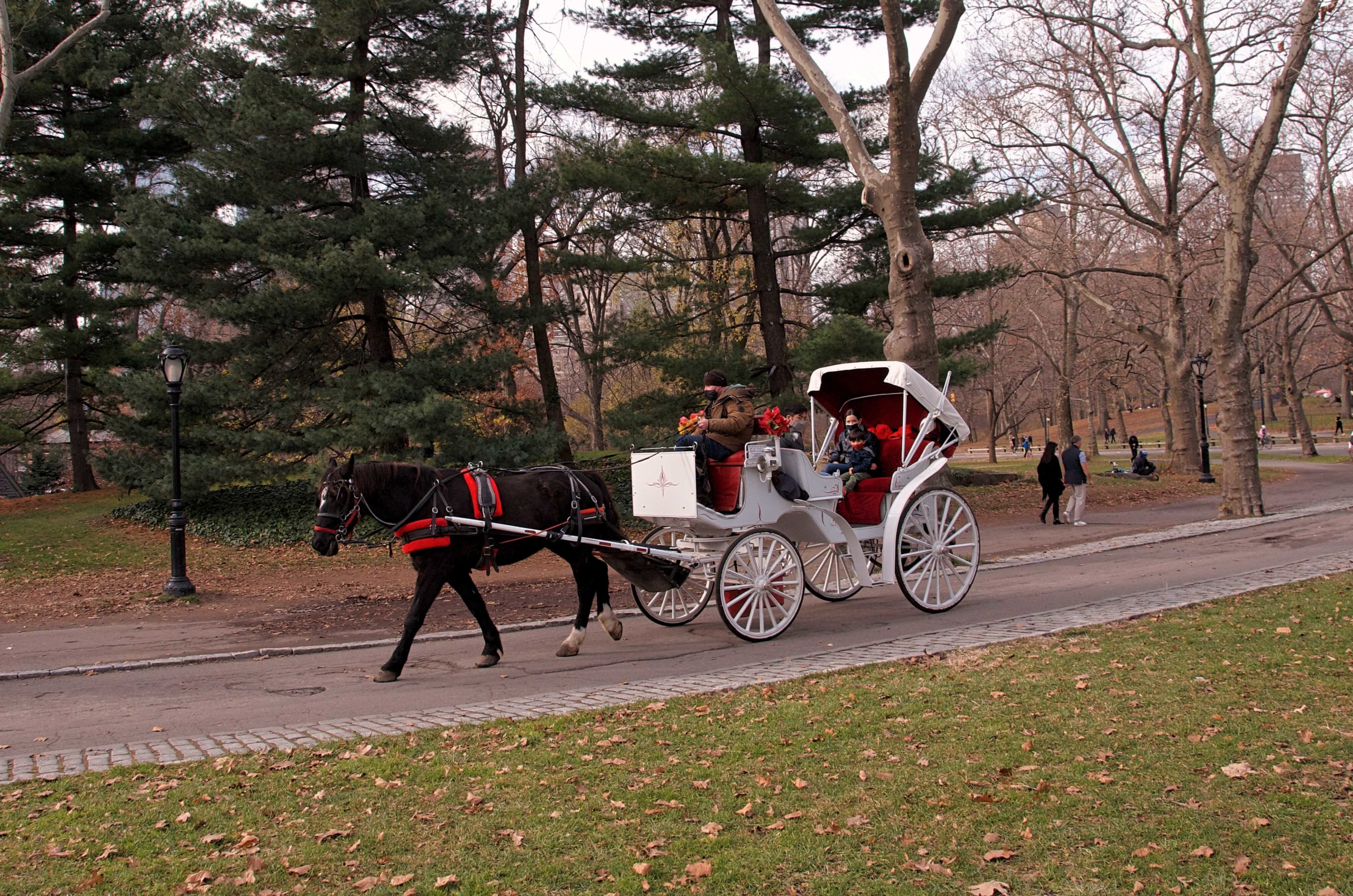Central Park Guide
NYC’s Central Park is arguably the most famous urban park in the U.S. It’s justifiably called an oasis with its outdoor recreational space for those living in a densely populated metropolis. Around 40 million peoplevisit every year to stroll, jog, bike, exercise, play, picnic, and every other outside activity you can imagine, including playing a saxophone…
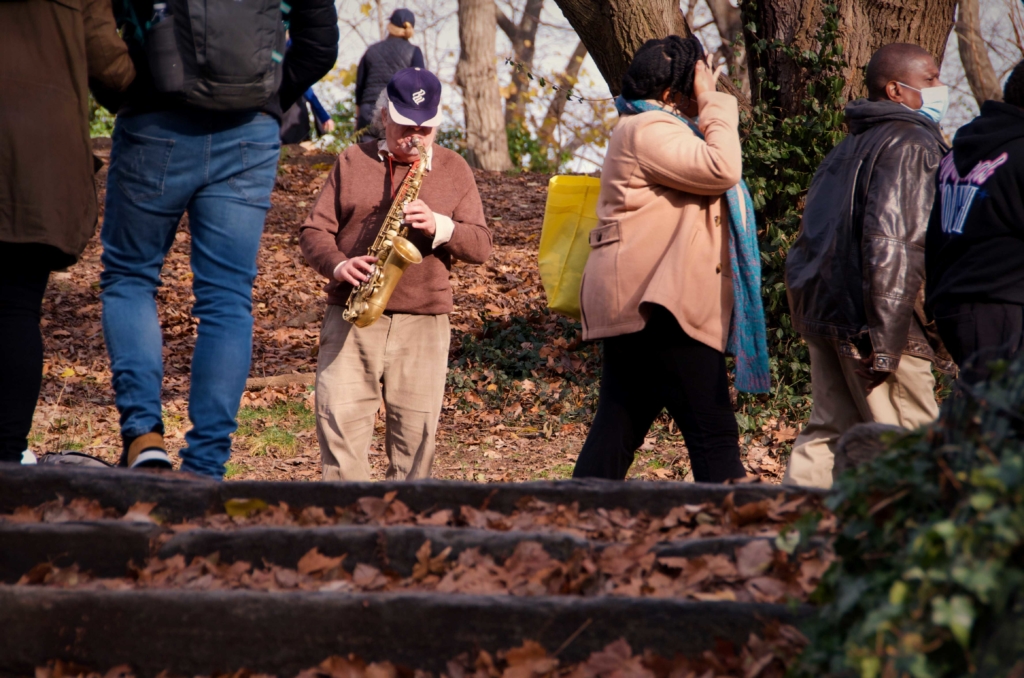
and painting a canvas.
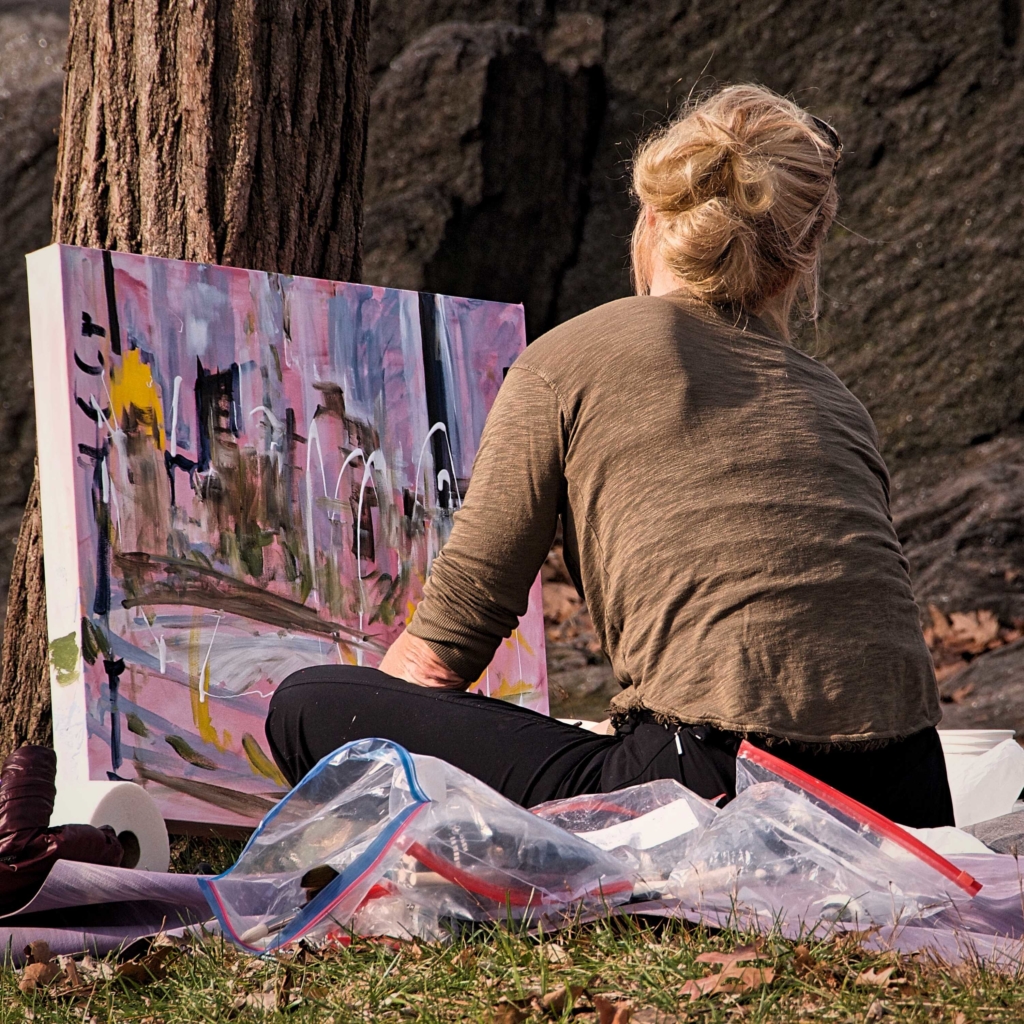
People of all ages flock there, including children…
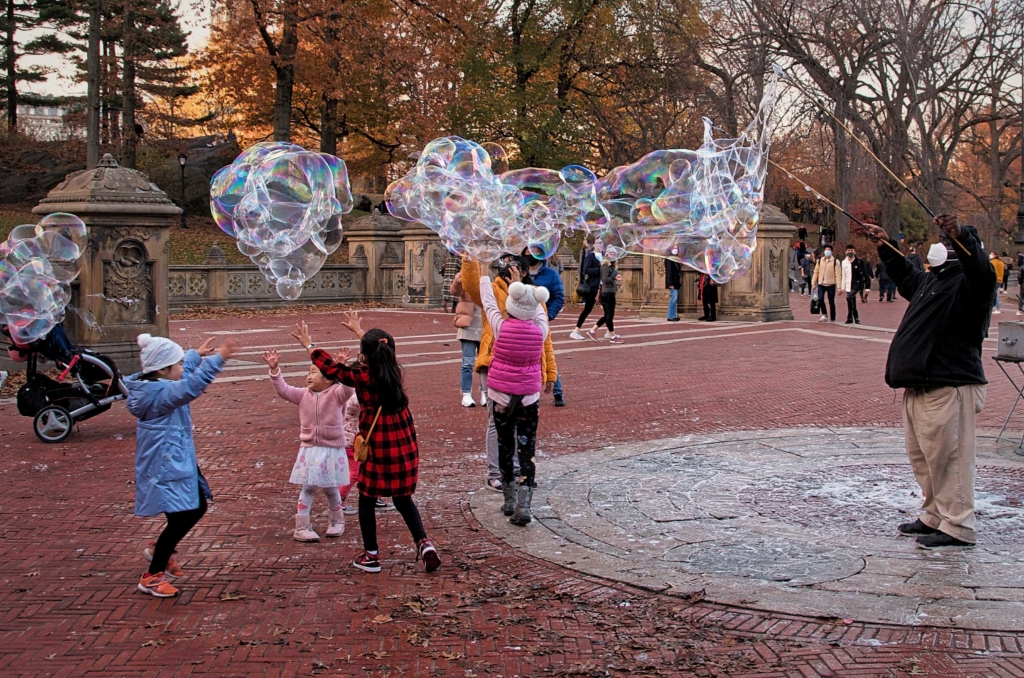
parents…
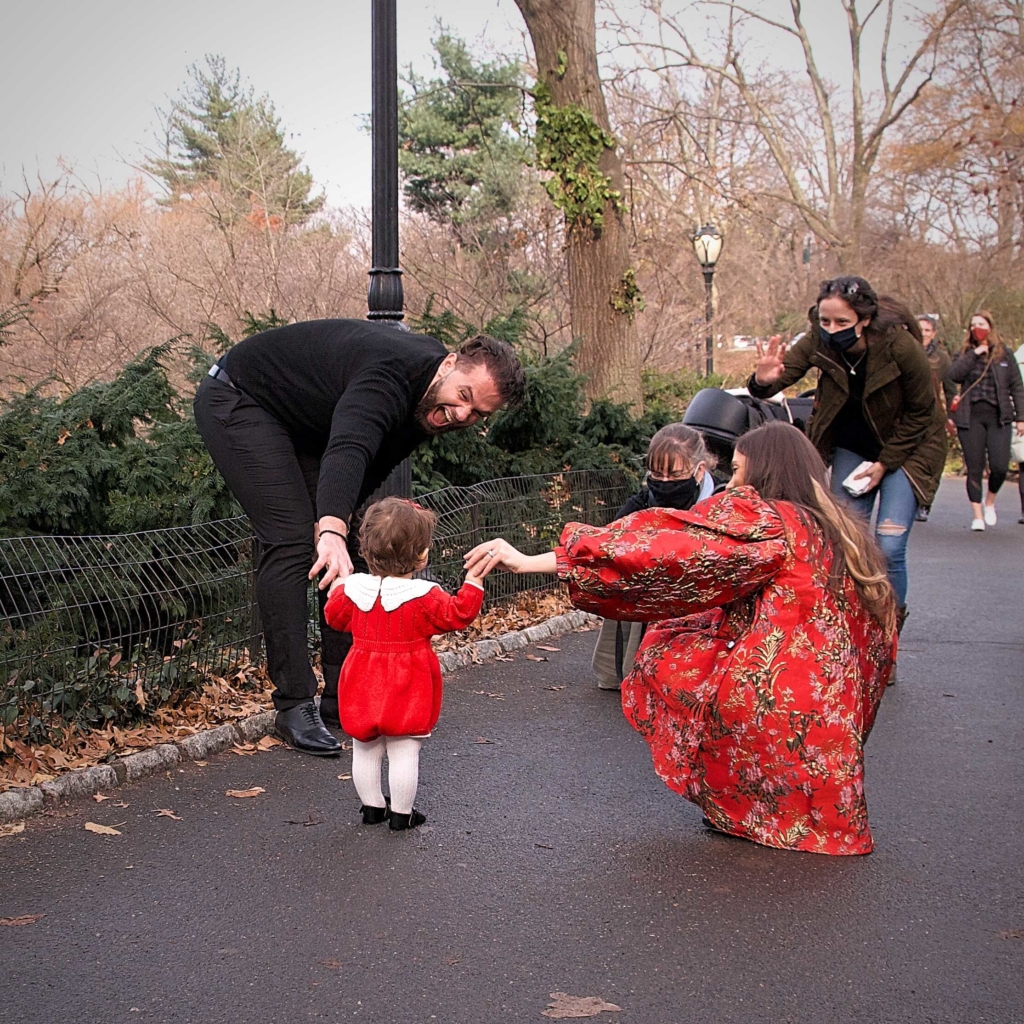
and grandparents.
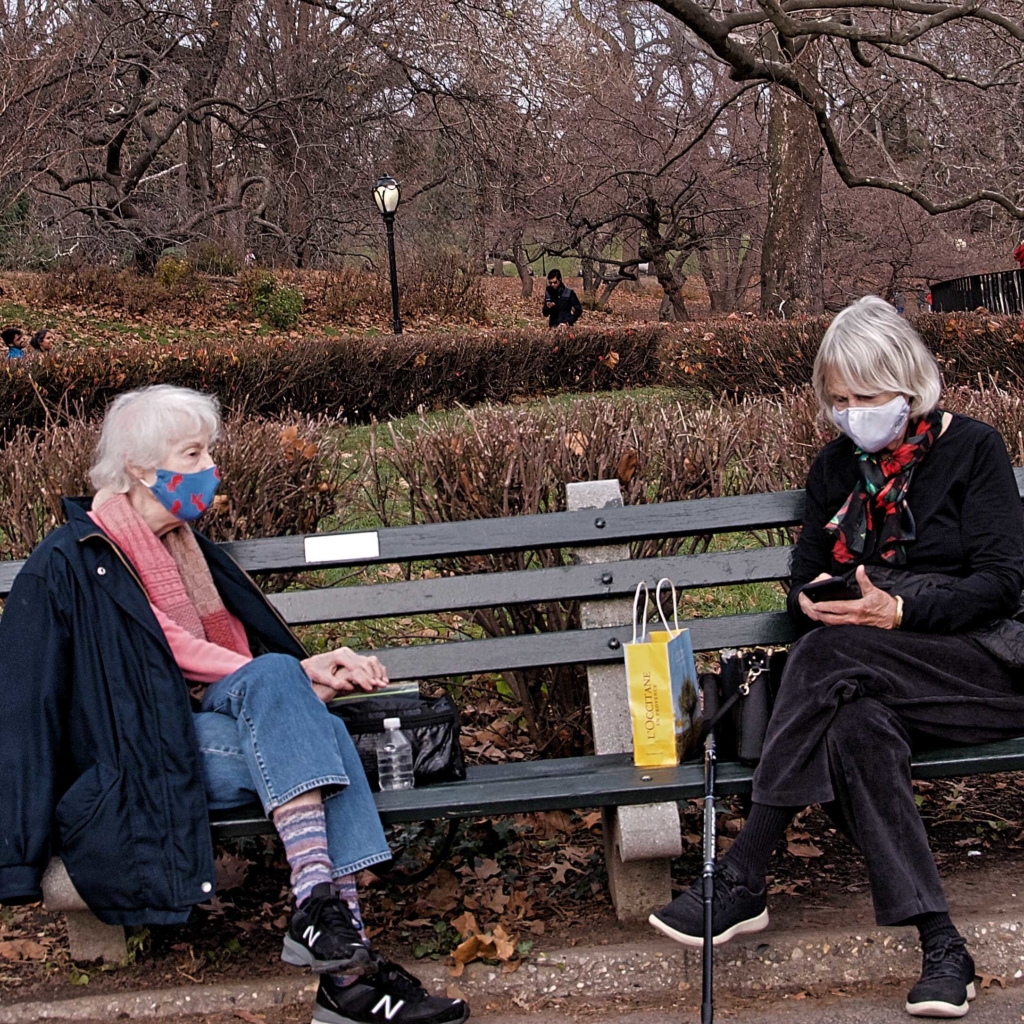
It’s not just for people, but also for many animals including hundreds of year-round and migratory birds, such as this hawk…
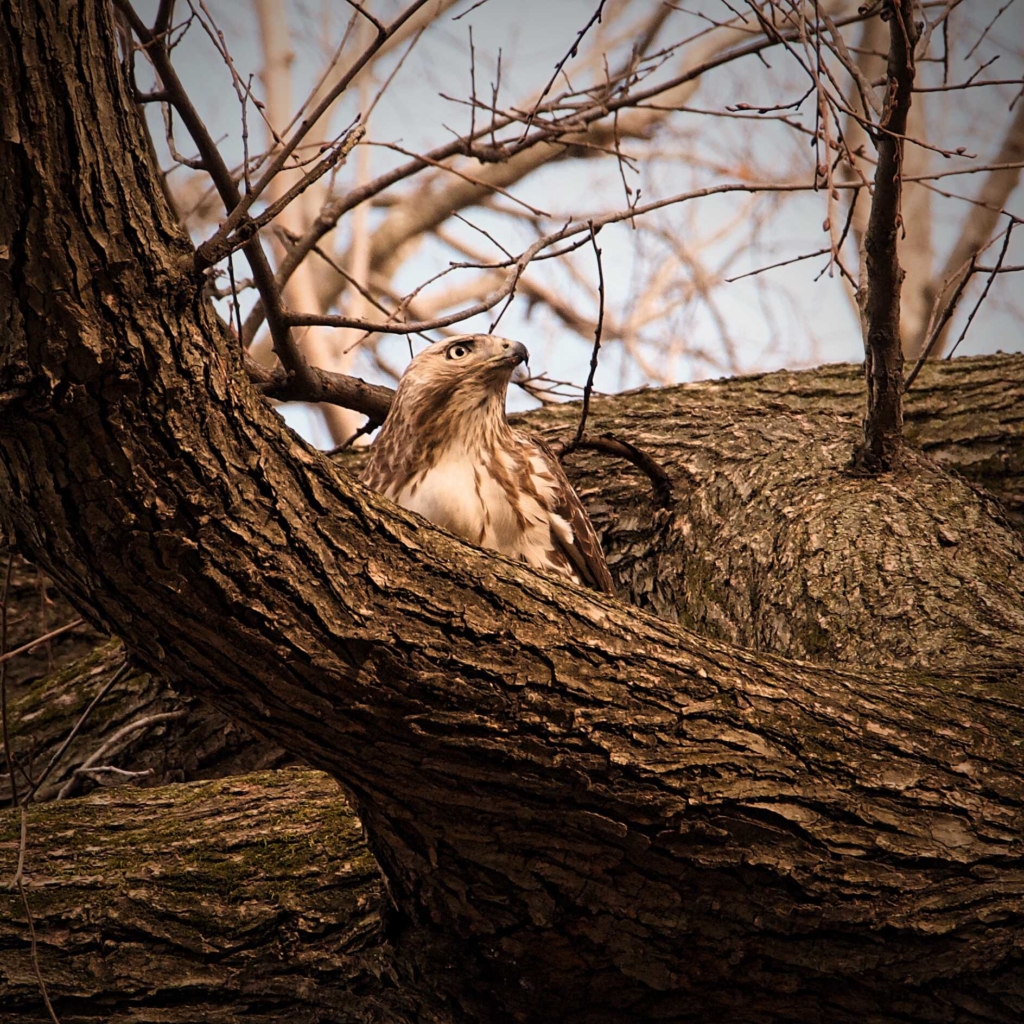
and pets, sometimes adorably dressed for the weather.
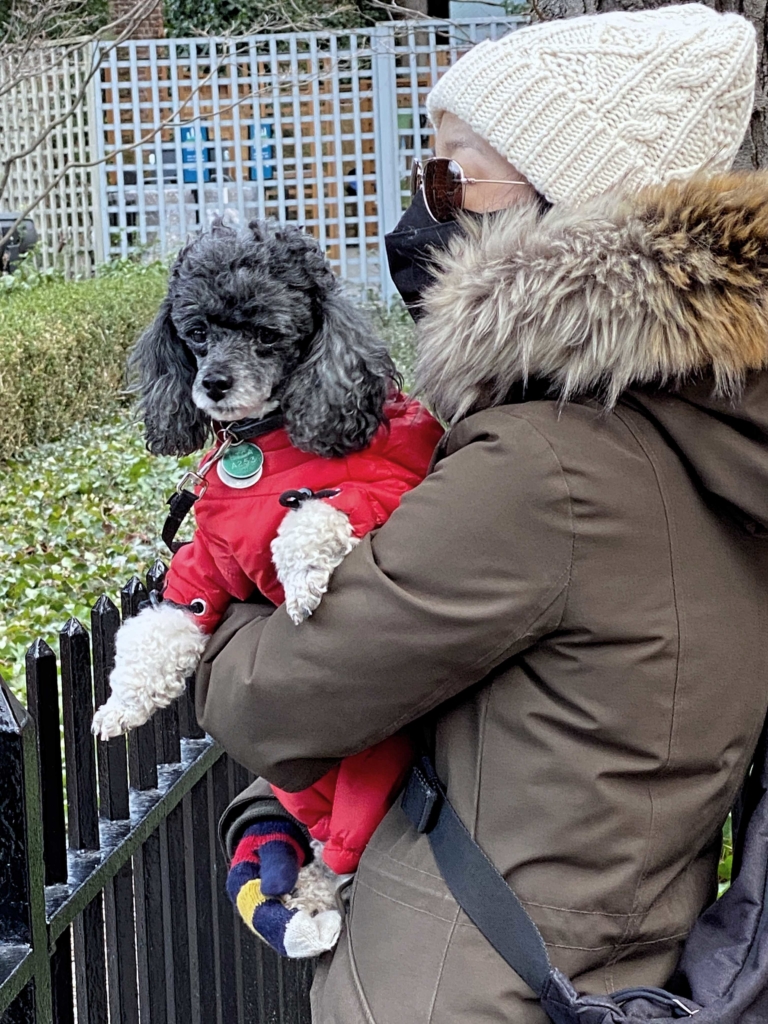
It’s a place for special events…
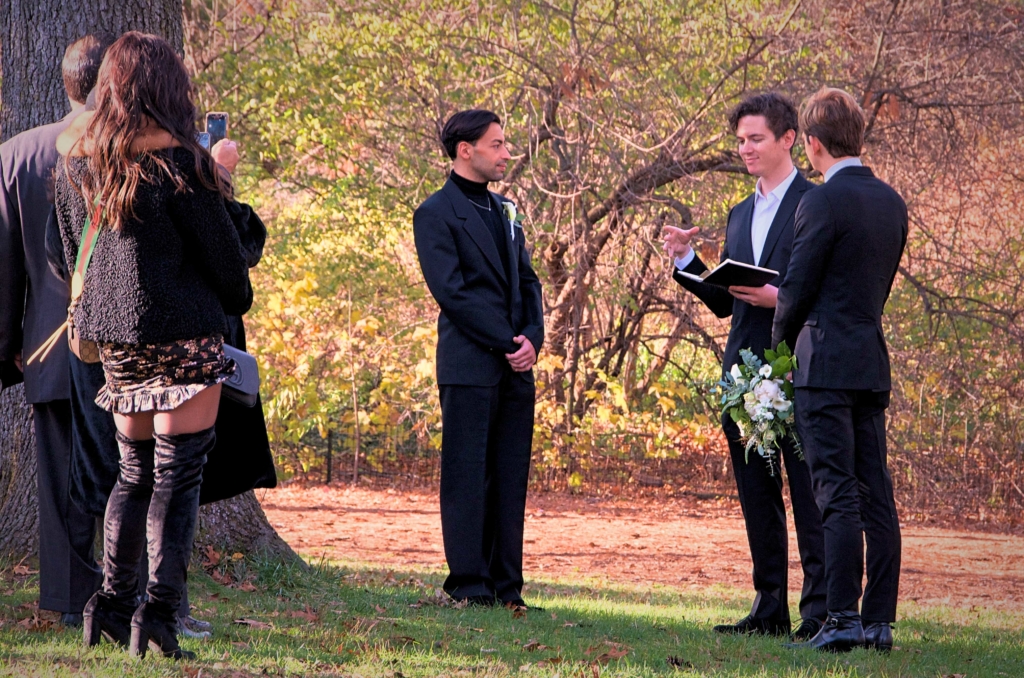
and vigorous physical activity…
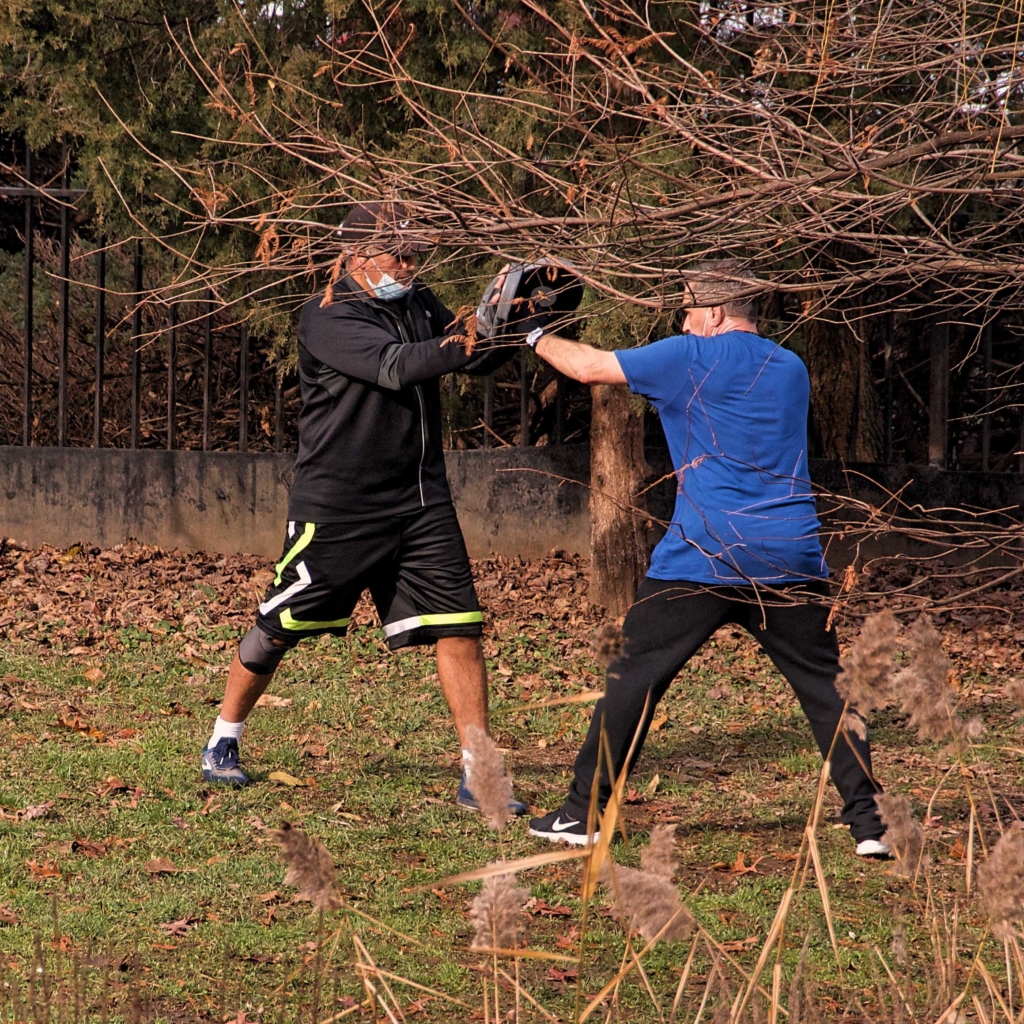
and quiet contemplation.
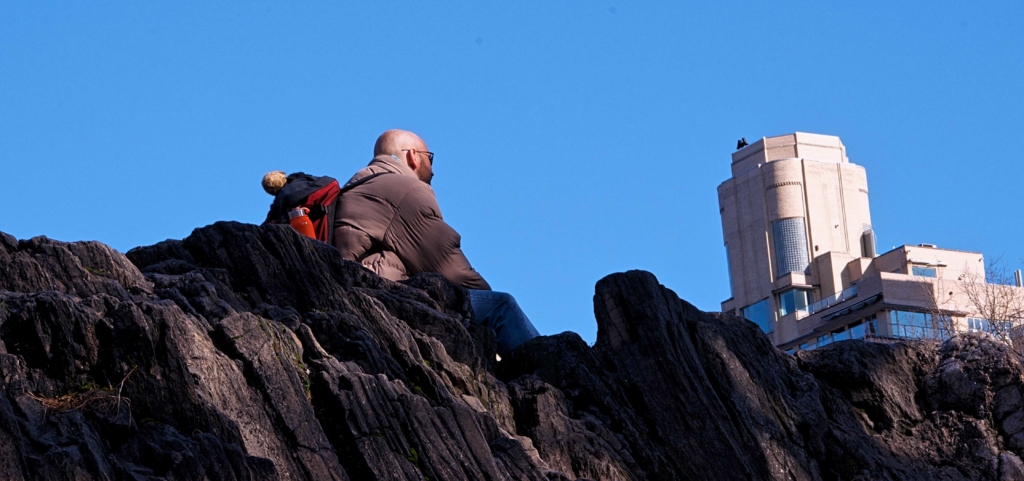
Brief History
In the 19th Century, the city leaders realized the rapidly expanding population needed considerably more open space besides cemeteries and small parks. In 1857, they sponsored a competition for a design of Central Park and received over 30 proposals. The following year, the City selected Fredrick Law Olmsted and Calvert Vaux and construction started the same year. The task was enormous with millions of cubic feet of soil and rocks removed using thousands of laborers, beasts of burden and the most sophisticated machinery available. Here’s a picture of the early development from the New York Preservation Archive Project.
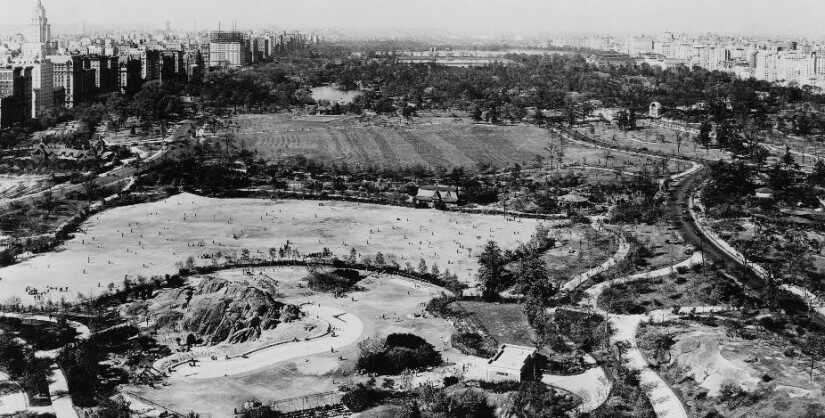
By 1861, parts of the park were open and immediately popular. The park was officially completed in 1876 and it has been a model for the world’s urban parks ever since. The Central Park Conservancy does an excellent job of maintaining the park, which is amazing as its funded primarily by individual donations.
The park is full of history, especially with hundreds of statues, many with only a tangential connection to NYC. Nevertheless, for those so inclined, they are fun to find and read the inscriptions, such as this one for Daniel Webster from New England, an influential congressman and Secretary of State in the 1800s.
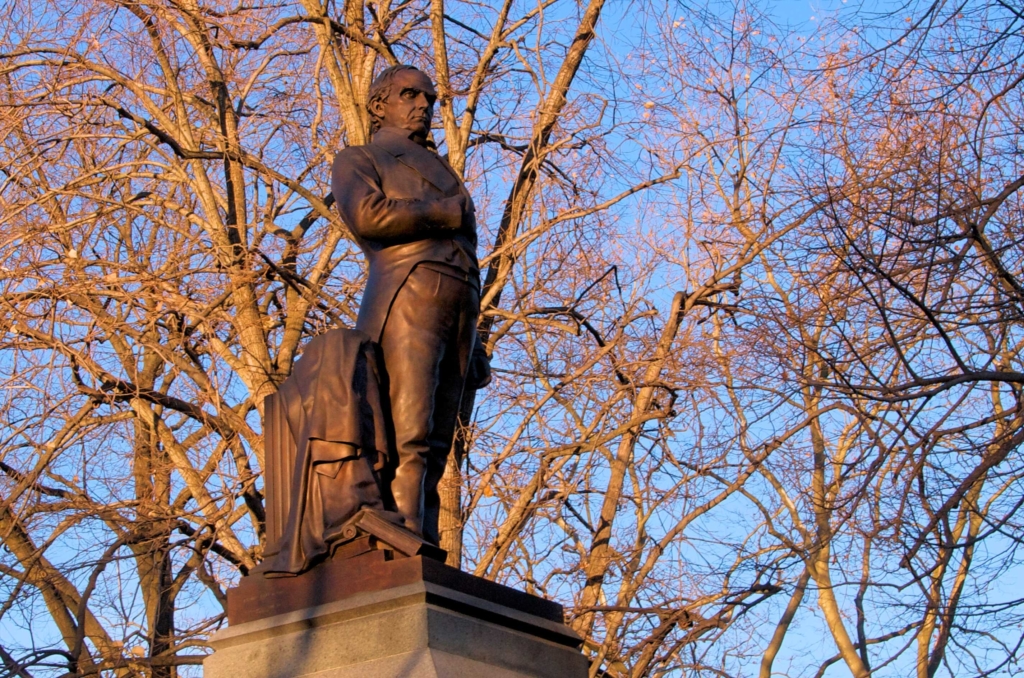
How to See Central Park’s Highlights
Anywhere you enter Central Park, it’s a wonderful place. Yet it offers so much and it would be a shame to miss something you would really like. This guide provides a walking route to see many of the highlights. Depending on your pace and how long you stay in the various points, it probably would take two to four hours for the walk. Once you know where the main attractions are, you can efficiently return to enjoy this urban paradise.
For Manhattan, Central Park is big! It stretches from 59th Street to 110th Street and between 5th Avenue and Central Park West (8th Avenue) with a total area of 1.3 square miles (843 acres). Most of the popular sites are below 86th St and included in this map.
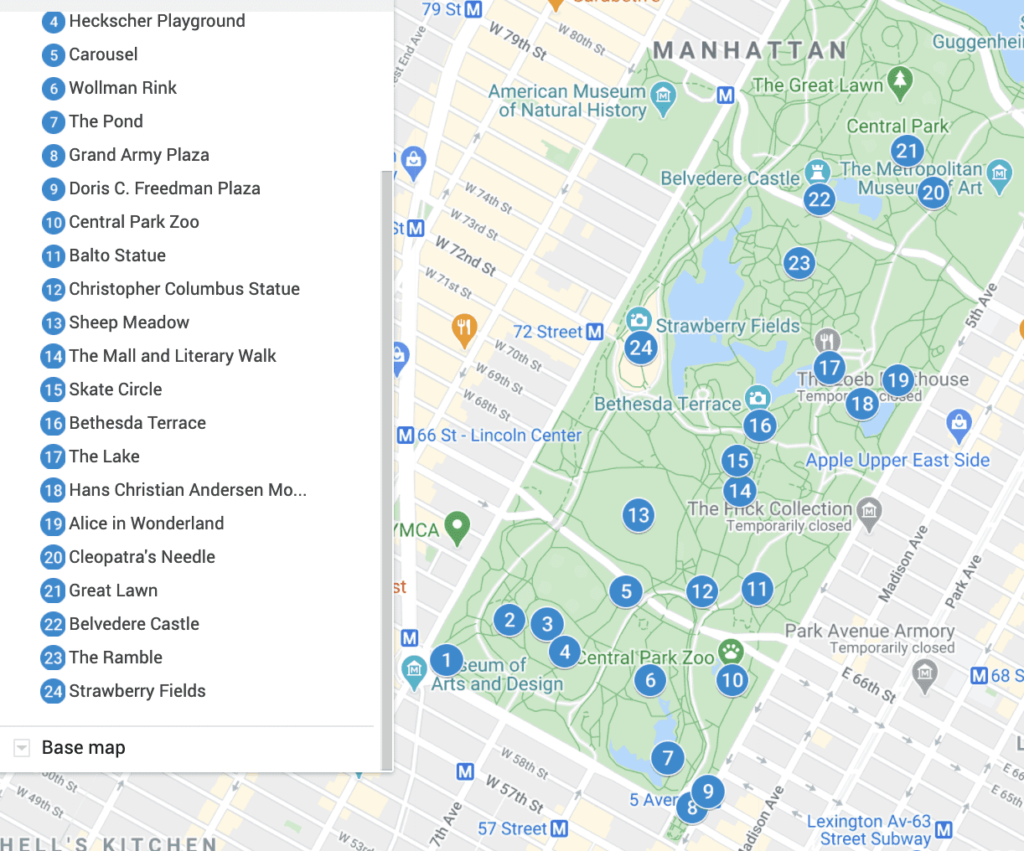
Central Park should be experienced during the daylight, where there’re hundreds or thousands of people there. Only those who know what they’re doing (e.g. cycling early morning) should go when it’s dark. It’s not particularly dangerous at night, but it’s empty, which is not good if you have a problem.
Maine Monument
On this tour, you start at the most convenient point to enter the park, at the Maine Monument on Columbus Circle at 59th Street and Broadway. Several subways and buses stop there.
This grandiose structure has a glided statue of Columbia Triumphant at the top and allegorical figures at the base.
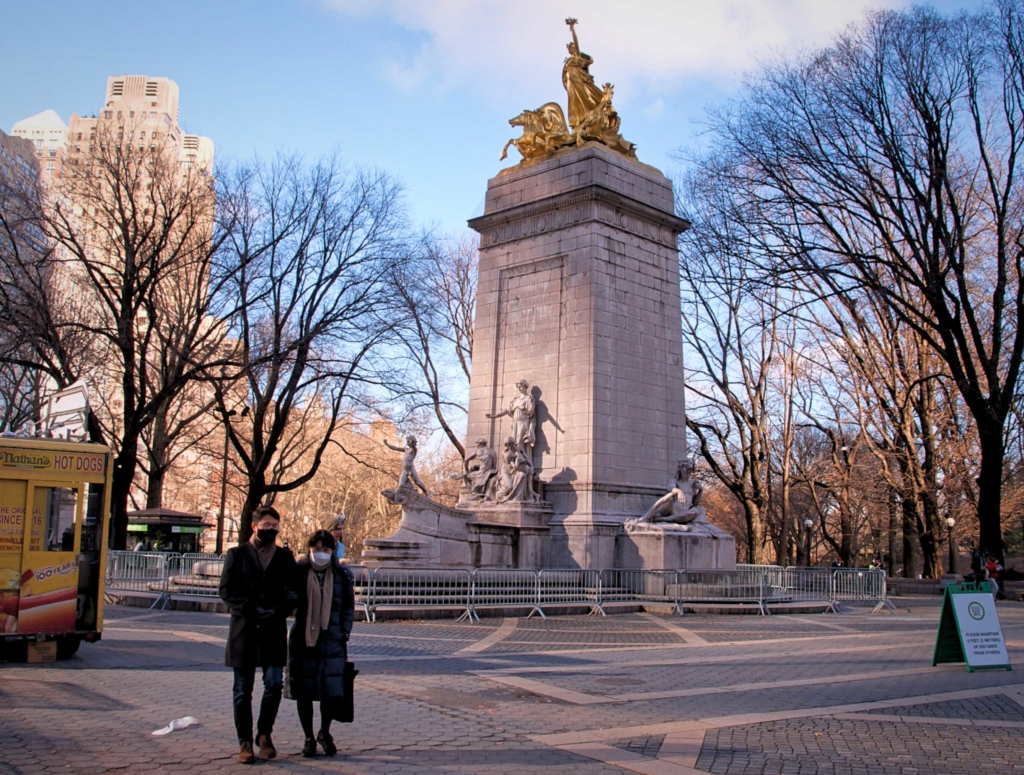
It commemorates the men killed aboard USS Maine when, in 1898, the ship exploded in the Havana harbor, which precipitated the Spanish American War. Most Americans are unfamiliar with the details of this war, but it was short and resulted in the independence of Cuba, the annexation of Puerto Rico, the Philippines and Guam by the U.S. and the glorification of Teddy Roosevelt and the Rough Riders as they took San Juan Hill. Ironically, it’s now believed the explosion was caused by burning coal lighting nearby ammunition and not a mine by a hostile foreign agent. The monument’s main value now is a convenient meeting place where you can get snacks from the food trucks. There is also an information kiosk where you can buy a map.
Pine Bank Arch
Continue on the path and cross the loop road to the Pine Bank Arch (actually a bridge). Here’s Khadija on it.
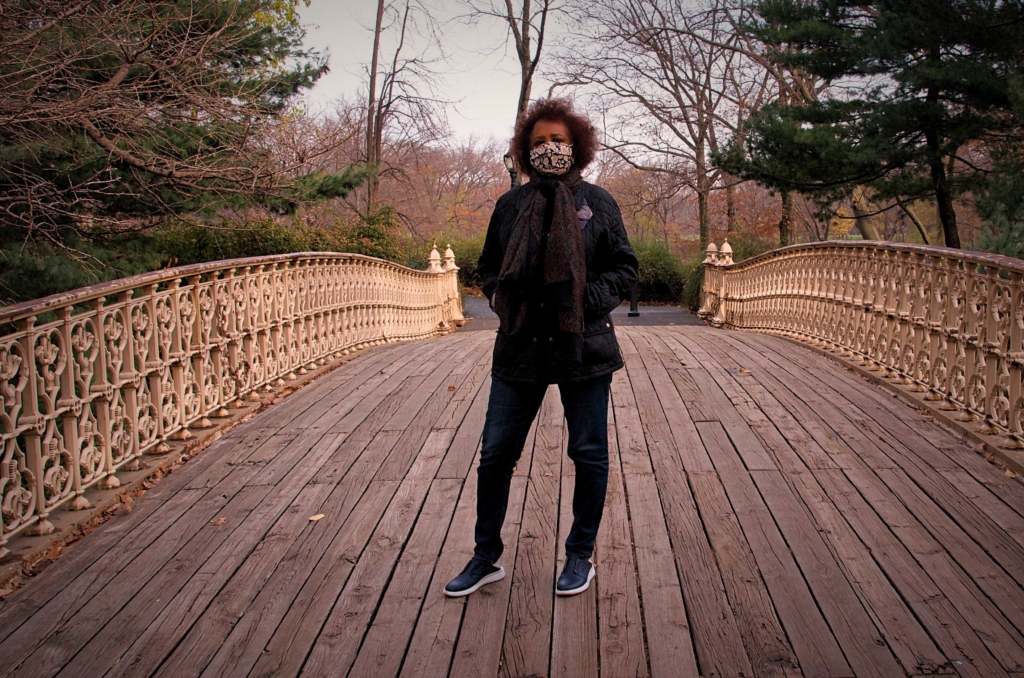
It was built in 1861 andis one of Central Park’s few remaining cast iron bridges. The 31 bridges and arches in the park are charming and are essential components to the undulating landscape.
Umpire Rock
Your next stop is Umpire Rock, which is suitably named as it’s next to several sports fields. Central Park is full of huge, natural rock formations which are fun to climb and provide engaging views.
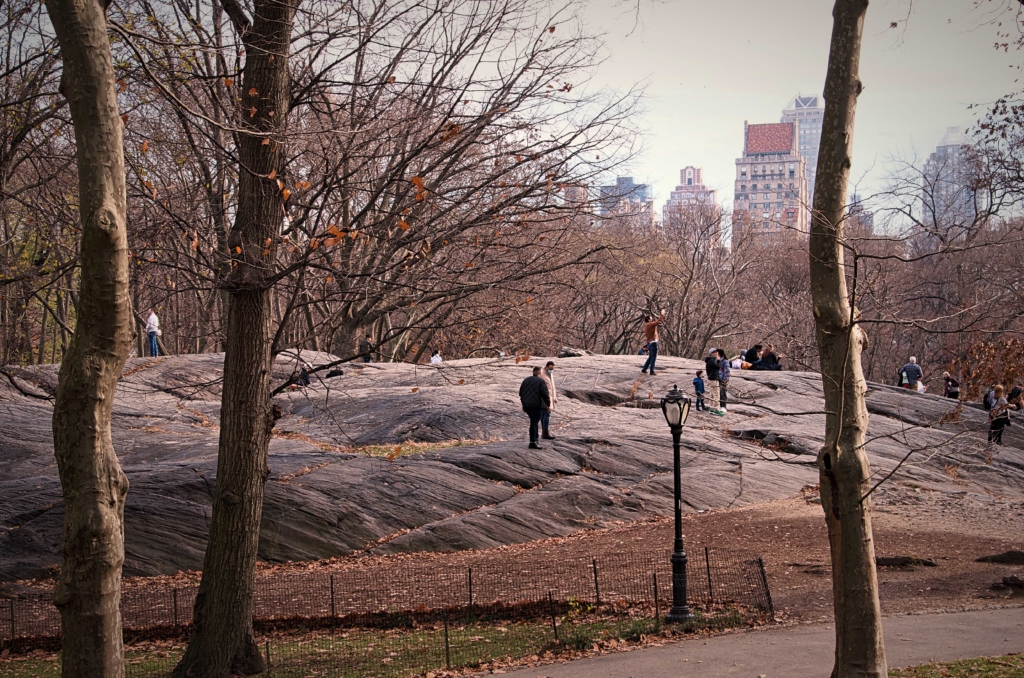
They are part of the famous Manhattan bedrock, which has incredible strength and supports thousands of high-rise buildings.
Heckscher Playground
Continue to the adjacent collection of slides, swings, and seesaws, which is Heckscher Playground.
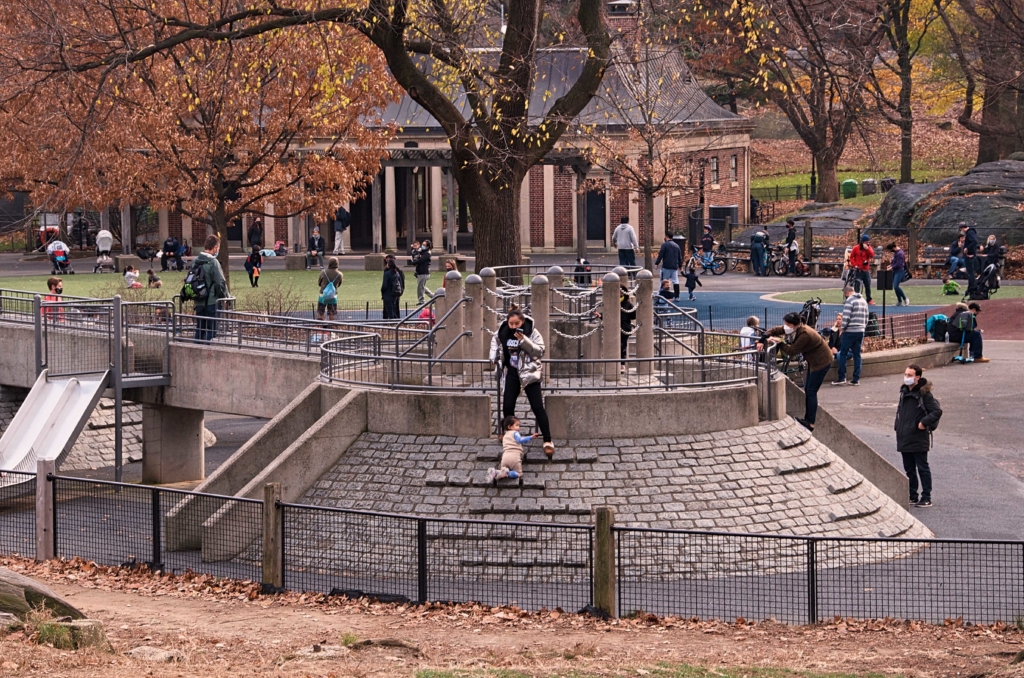
This is a place you do not want to miss if you have young children. It also has the important added benefit of having public restrooms.
Carousel
Walk north (actually Central Park orientation in northeast, but nobody bothers with that degree of precision) and you will find the very popular Carousel, one of the nation’s largest merry-go-rounds with hand-carved horses and ornamental chariots. It’s actually the fourth iteration since 1871 and built in 1908. Because of Covid-19, the ride has been closed. The building is attractive and worth a look.
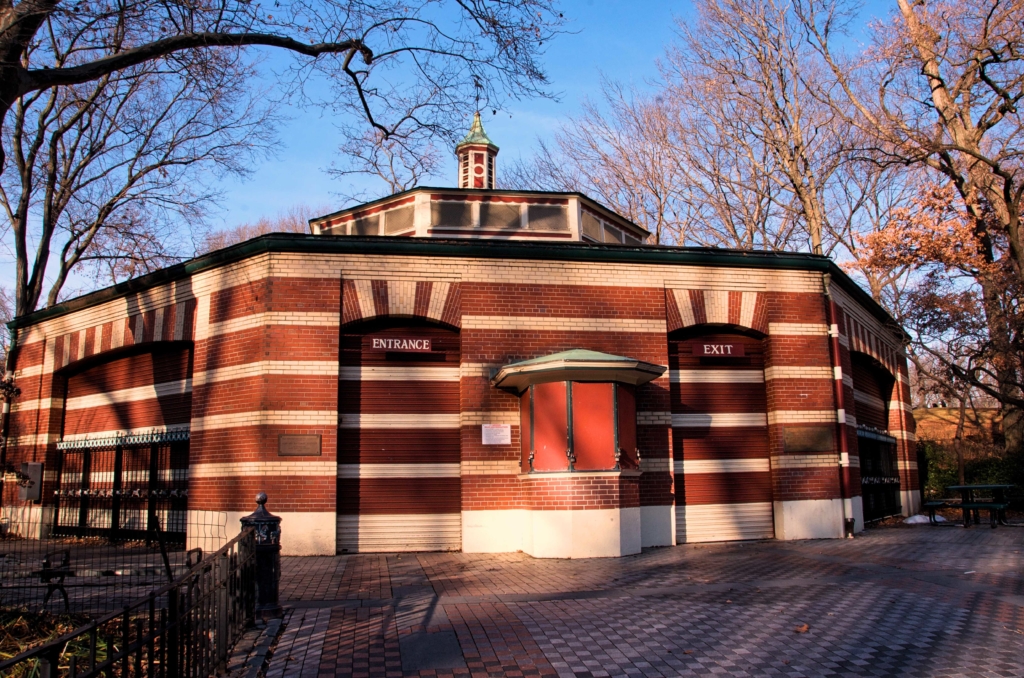
Wollman Rink
Go under Playmates Arch and walk back downtown to the fabulous Wollman Rink. For many, ice skating by the Manhattan Skyline is an unforgettable experience.
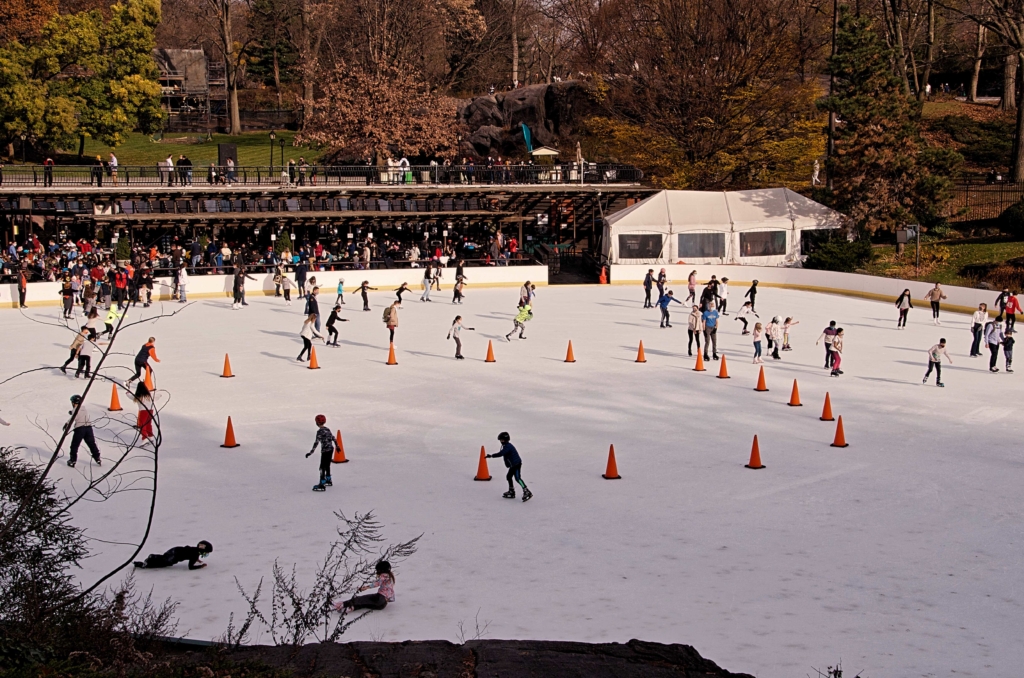
Beware, that admission and skate rentals are cash-only and expensive, especially if you are paying for a family. Also, there’re no locked storage and it’s not advisable to leave things unattended.
The Pond
Next to Wollman Rink, is “The Pond,” a marvelous bucolic setting.
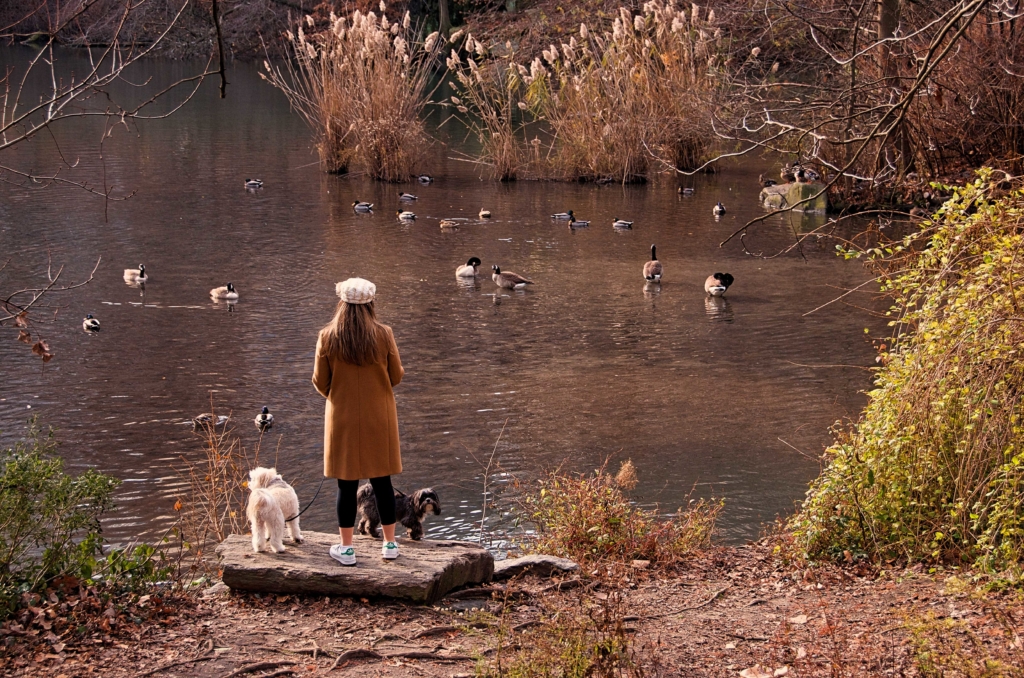
The Pond is usually occupied by birds, especially geese and ducks. It’s common to see couples and families having their pictures taken in this idyllic landscape. Next to the Pond is the Hallett Nature Sanctuary, which is dominated by native plants and a favorite place for birders.
Grand Army Plaza
Next stop, atthe corner of 5th Avenue and 59th Street, diagonally from the Plaza Hotel, is Grand Army Plaza with a glittering, gold, equestrian statue of Civil War general, William Tecumseh Sherman.
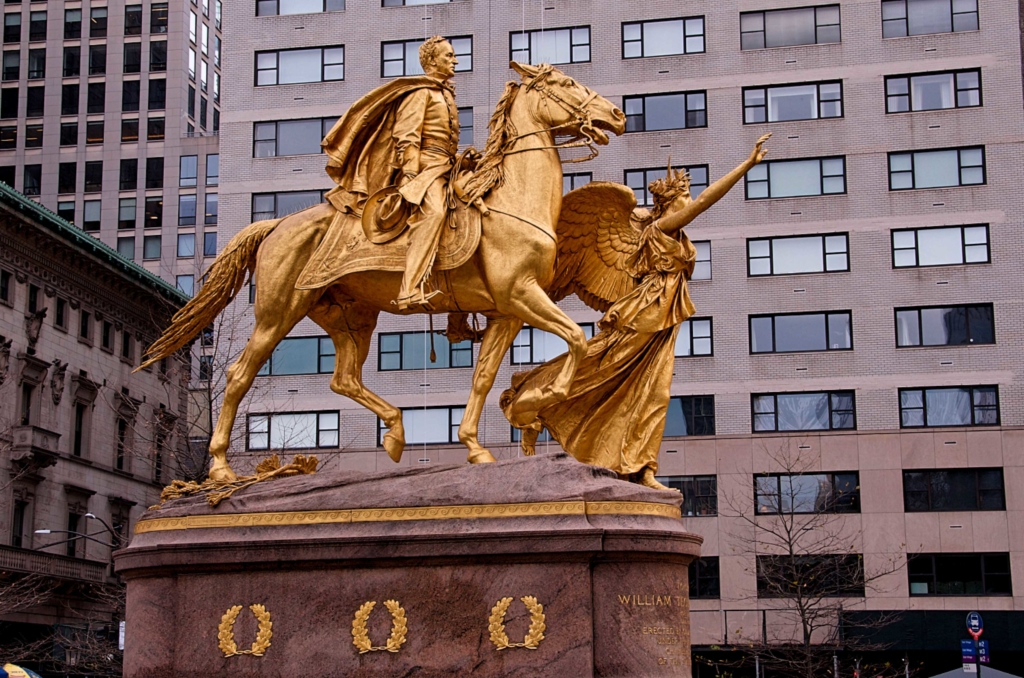
Standing next to him, for some reason, is Pomona, a goddess of fruitful abundance. This is ironic, as Sherman may be most remembered for his scorched-earth march from Atlanta to Savannah. His troops destroyed virtually everything they encountered including businesses, infrastructure, and civilian property. The campaign had no supply lines, but lived off the land, seizing food and supplies as they proceeded.
Doris Freedman Plaza
Turn uptown and cross 60th Street and enter this plaza which features sculptural art installations, such as Doors For Doris by Sam Moyer, which celebrates this entrance with three doors made of marble remnants inlaid into poured concrete.
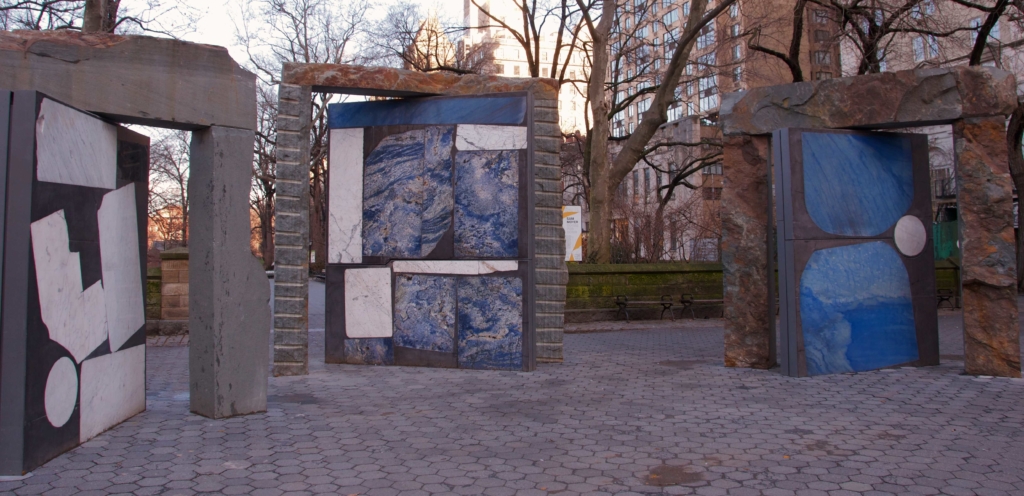
Doris Freedman was a major influence in promoting public art in NYC and founded the Public Art Fund.
Central Park Zoo
Proceed uptown on the walking path, parallel to Fifth Avenue, to the Central Park Zoo. Upon entering, it has a look of a small village.
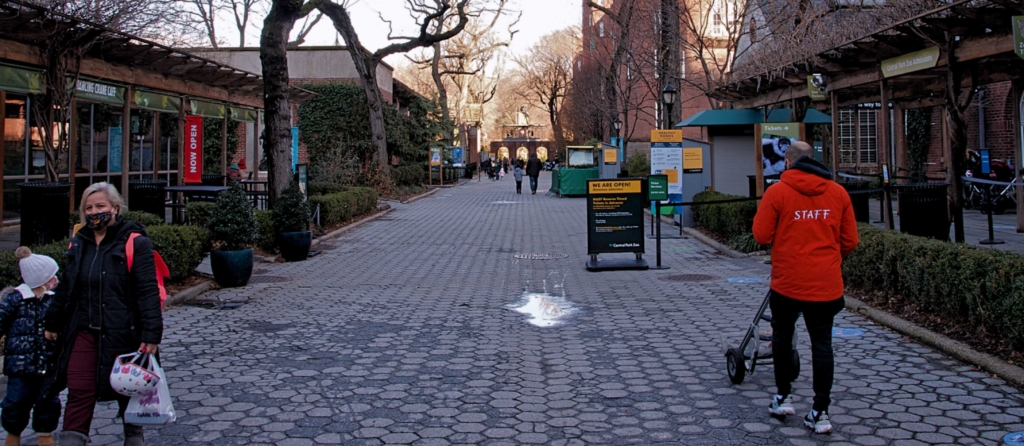
There’s an admission to enter the main part of the zoo but you can see the seals from the path.
In the mornings, mothers and nannies come here with their babies in carriages.
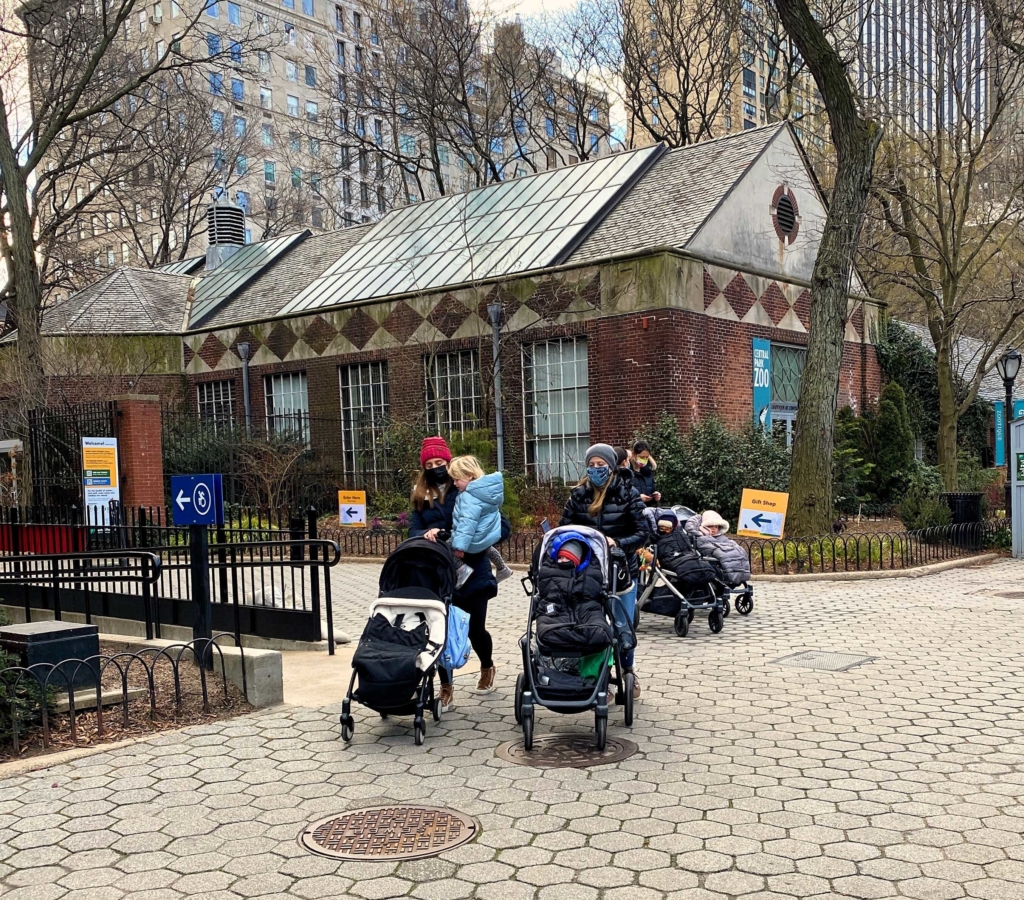
Walk a few steps further and go to the Delacorte Clock. There’s a lively show at the top of each hour with animals dancing around a huge bell and monkeys banging on it.
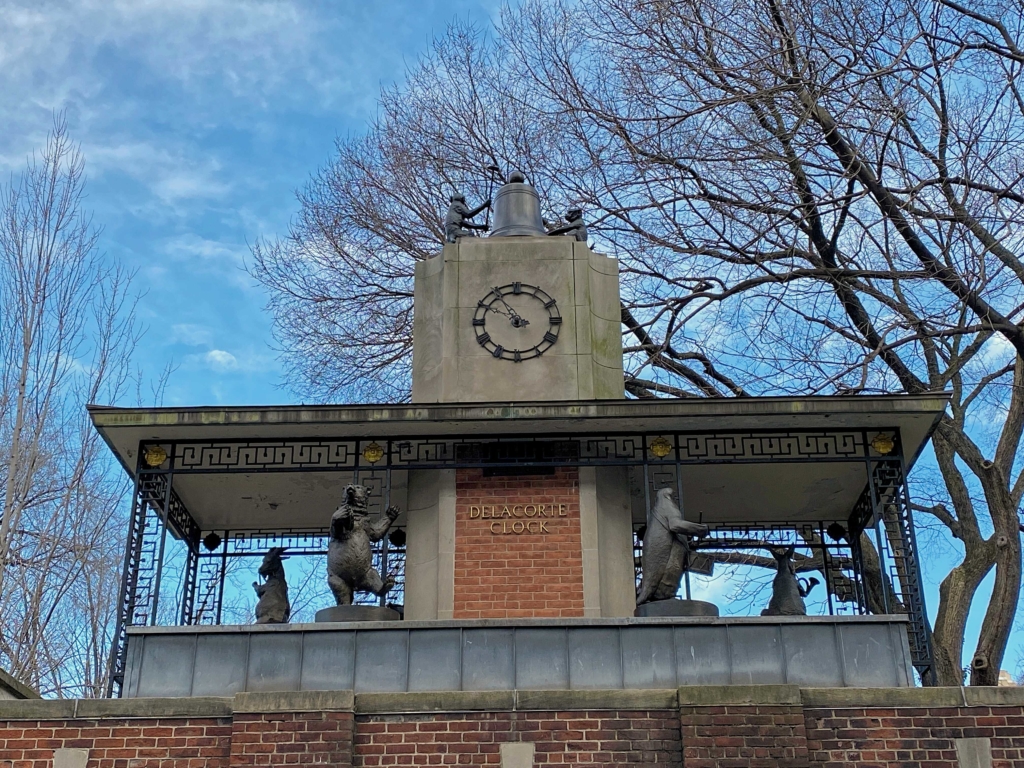
Right past that is the Children’s Zoo.
Balto Statue
Walk towards the center of the park and find perhaps the most beloved statue in Central Park, Balto, the rescue dog.
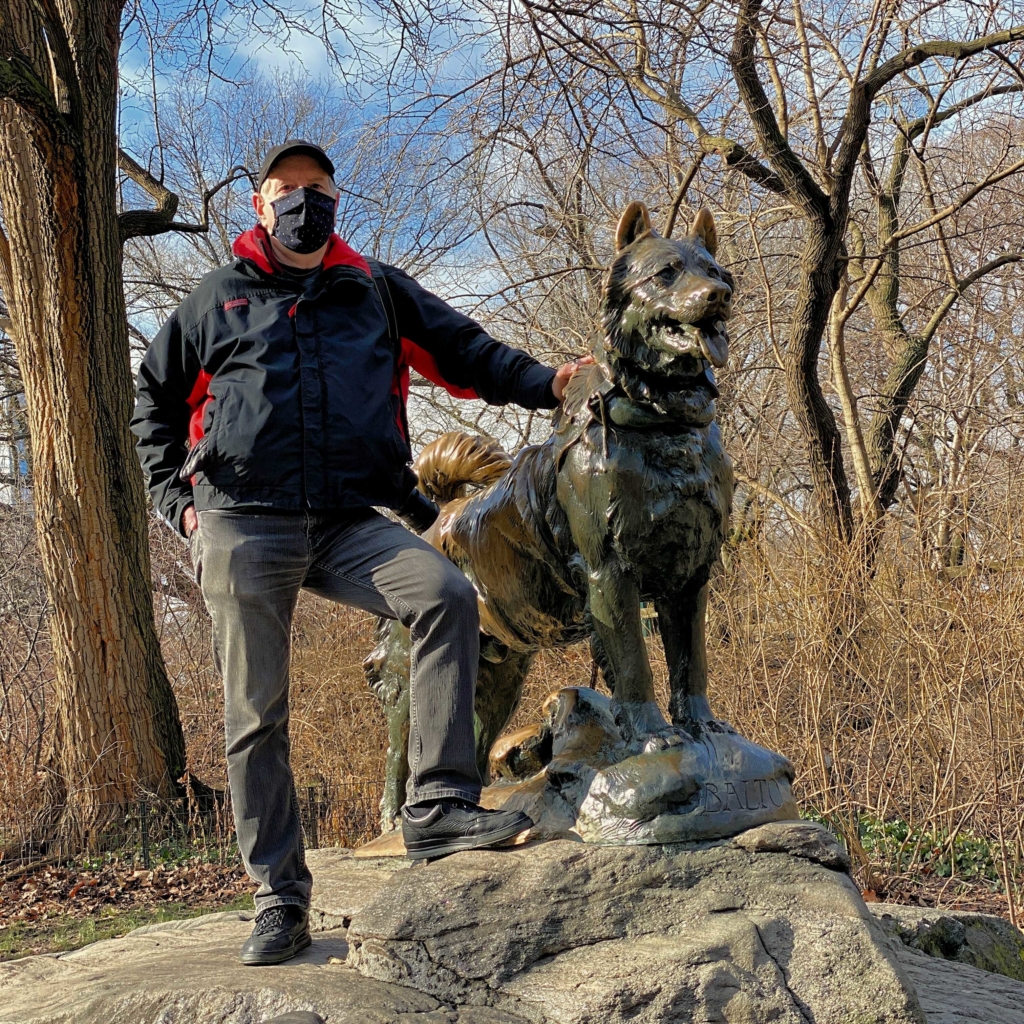
In 1925, the city of Nome, Alaska had an outbreak of diphtheria, but was icebound and inaccessible except by dog sled. From Anchorage, Balto and his team completed the journey in a record five days and seven hours with temperatures as low as 50 degrees below zero and delivered the antitoxin serum. Ten months later, Balto was present at the unveiling of his bronze statue.
Christopher Columbus Statue
Continue under an arch and follow the path going slightly left to the Christopher Columbus statue. The explorer has fallen from grace to many, as they feel he represents the European plundering and violence against indigenous American people. The NYC Police protect the statue from defacement, which has happened elsewhere in the country to Columbus’ monuments.
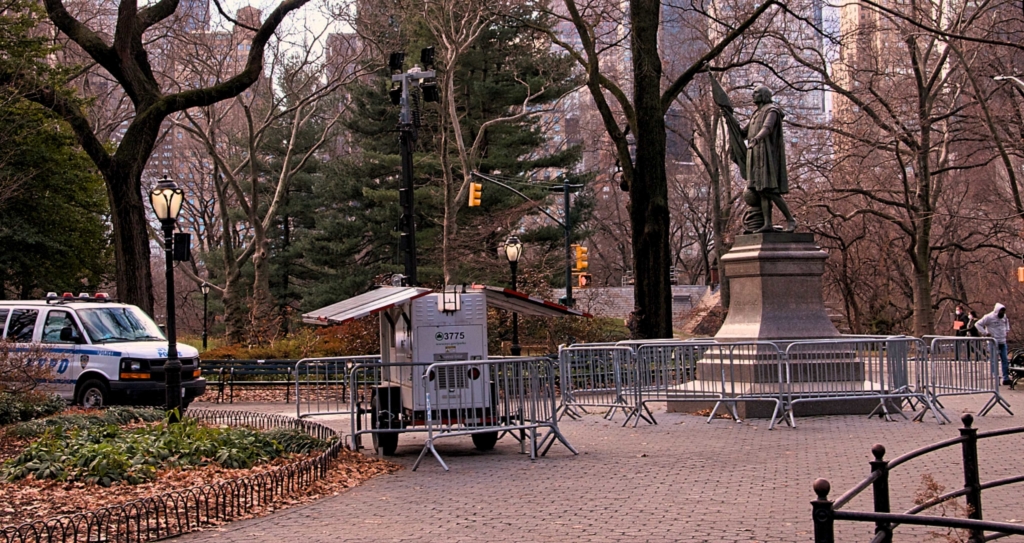
Sheep Meadow
Take a few more minutes to walk to Sheep Meadow. At the park’s inception, this was actually a grazing area for sheep, but eventually the 15-acre open space was used for picnics, lounging and frisbee throwing. The area has frequently seen large demonstrations including anti-Vietnam War ones and Earth Day Celebrations
For certain parts of the year it’s closed to maintain the grass, as in the picture.
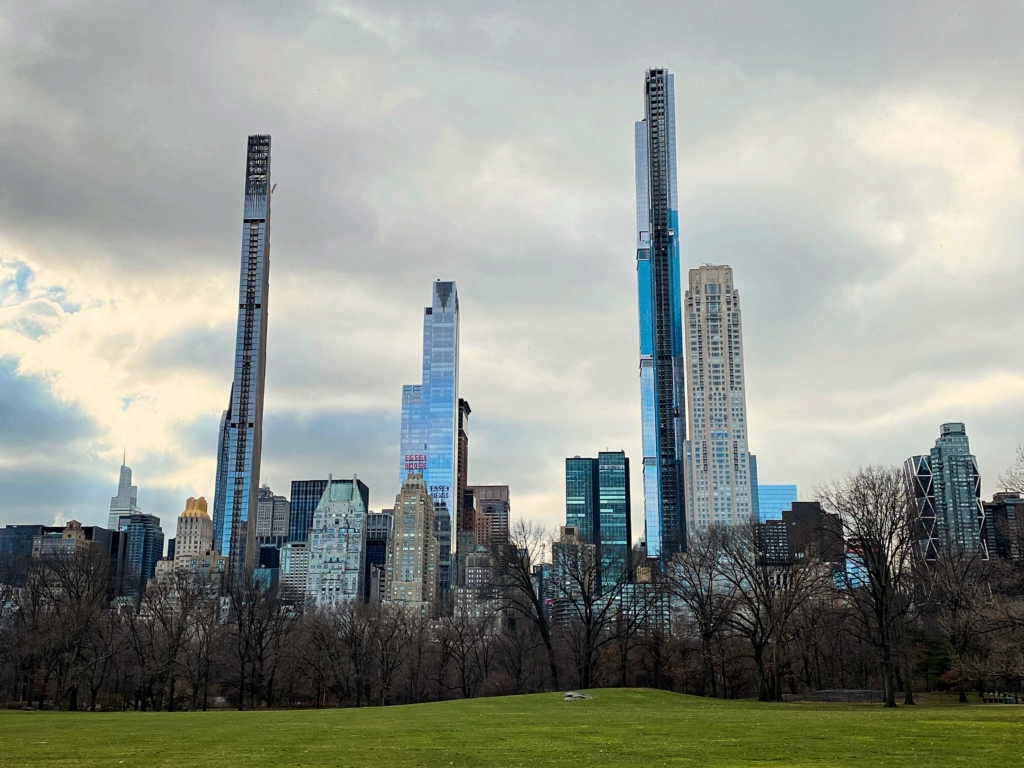
From here, you see the “stick” high-rises at the southern end of the park. These buildings are controversial as only the ultra-rich can afford to buy apartments in them and many feel they do not complement the NYC skyline.
Literary Walk (The Mall)
Walk back to the Columbus statue, pass the William Shakespeare statue which is fittingly the beginning of the Literary Walk (aka The Mall).
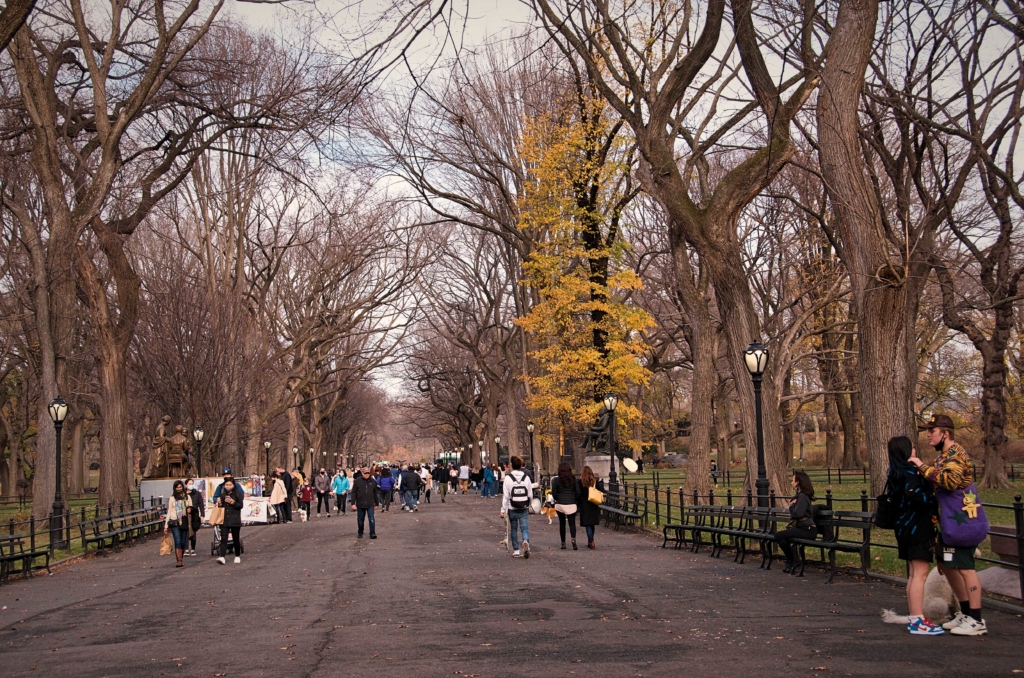
Here are statues of famous literary figures such as Sir Walter Scott and almost-forgotten ones like Fitz-Green Halleck. One that stands out to me, is the precious rendition of Robert Burns, the national poet of Scotland. It’s striking enough to catch the attention of a man with a Sturgis Motorcycle Rally T-shirt.
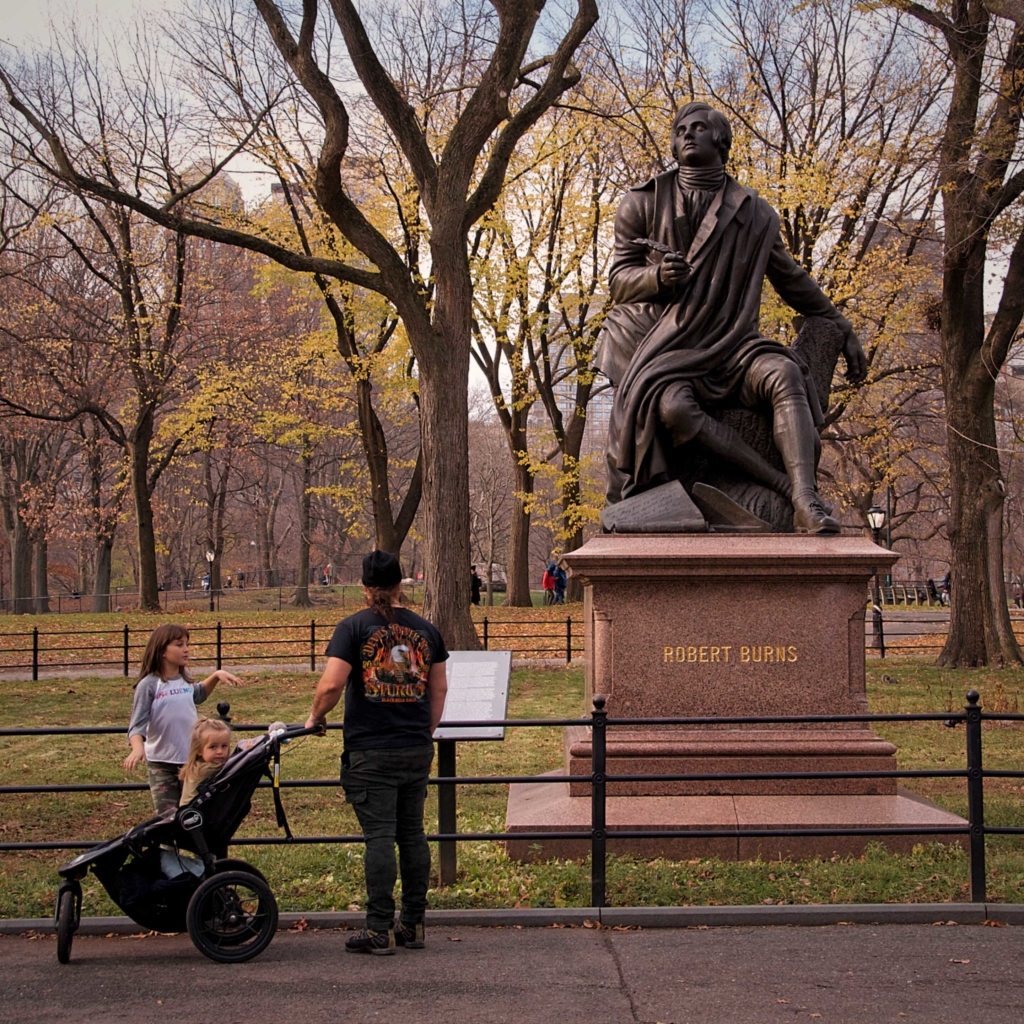
The recently installed Women’s Rights Pioneers Monument honors suffragettes Sojourner Truth, Susan B. Anthony, and Elizabeth Cady Stanton. Incredibly, this is the first in the park to depict actual women (as opposed to mythological figures).
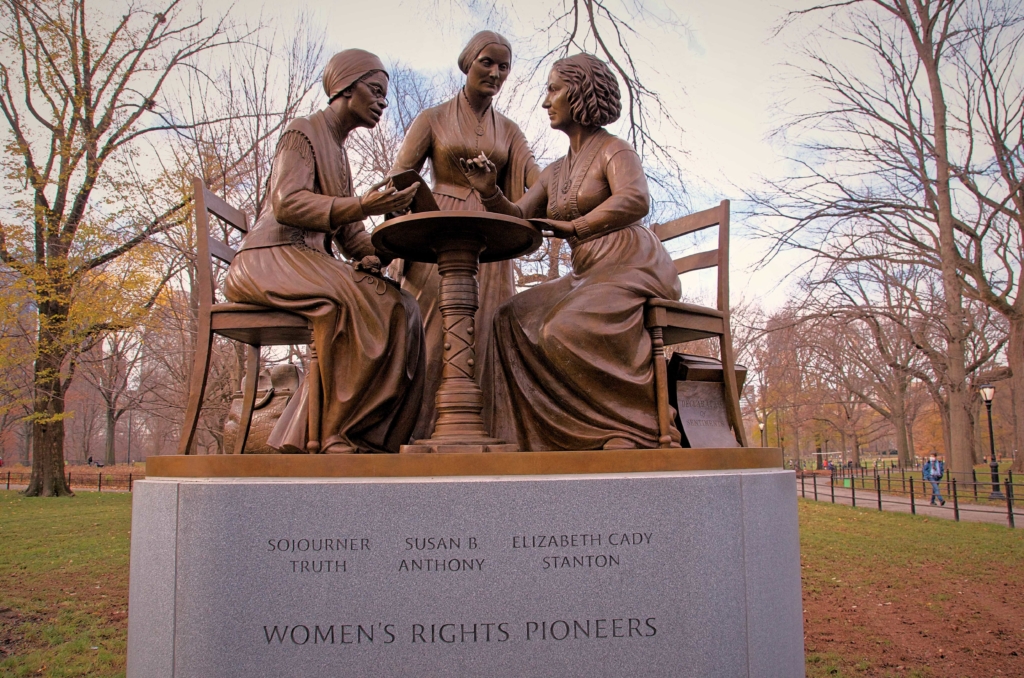
This is my favorite place in the park, because of the crowds, vendors and buskers, such as these tap dancers.
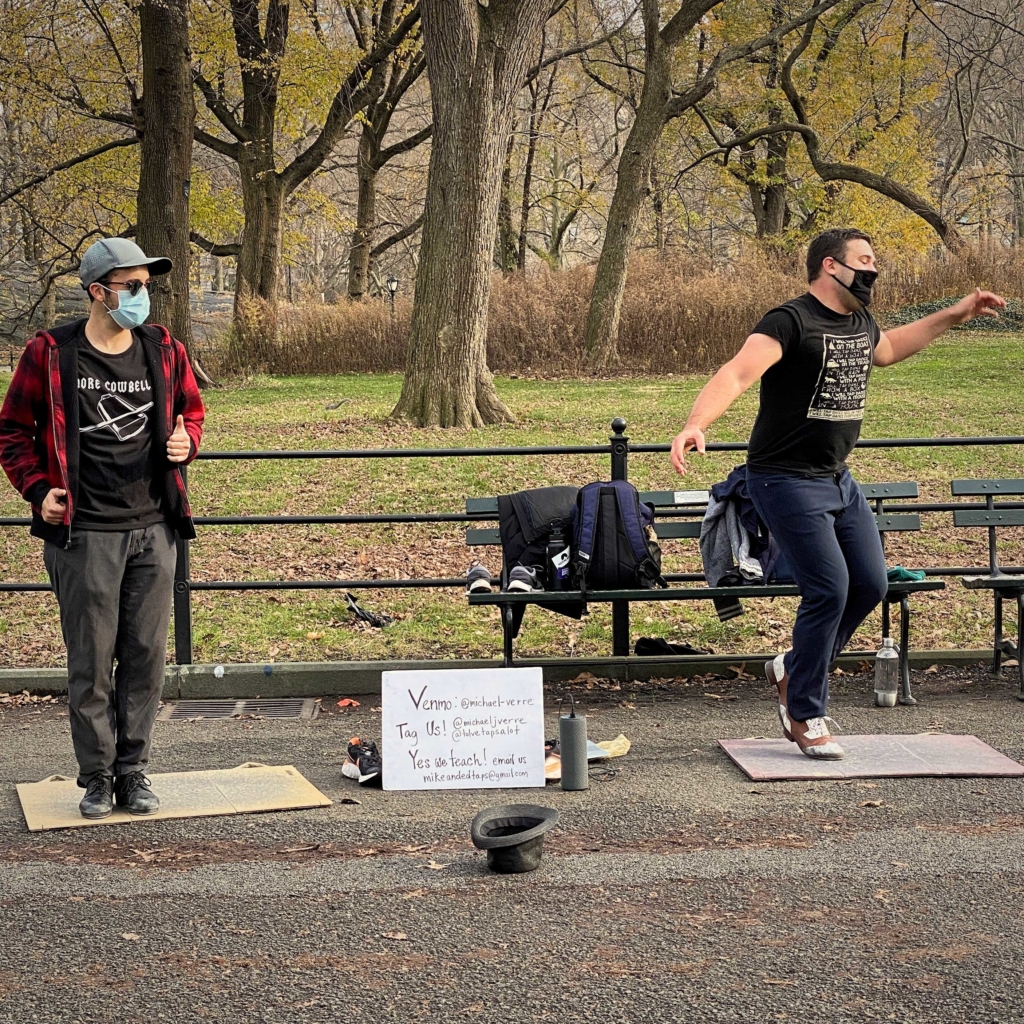
Towards 5th Avenue, there’s Rumsey Playfield, an outdoor music venue where I’ve seen great performances, many free during Summer Stage.
Skate Circle
This is a meeting place for roller-skaters, which has been closed during Covid-19. However, there are other nearby places where the skaters have migrated to.
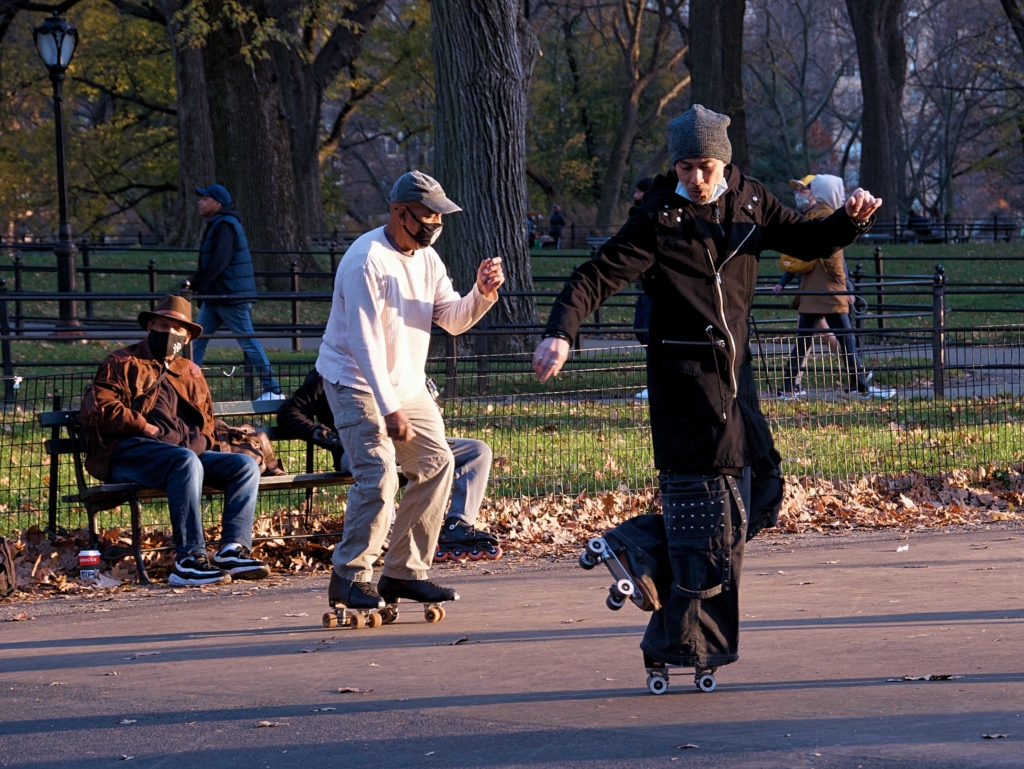
Roller-skating has become a phenomenon during Covid-19 because it’s an outdoor exercise without contact and is well-suited for videos on TikTok and Instagram. Stores are backordered for skates (as well as bicycles) to meet the dramatic increase in demand.
Bethesda Terrace
Proceed north, under Terrace Drive (connects 72nd Street on each side of the park), through the Bethesda Terrace Arcade with its splendid ceiling.
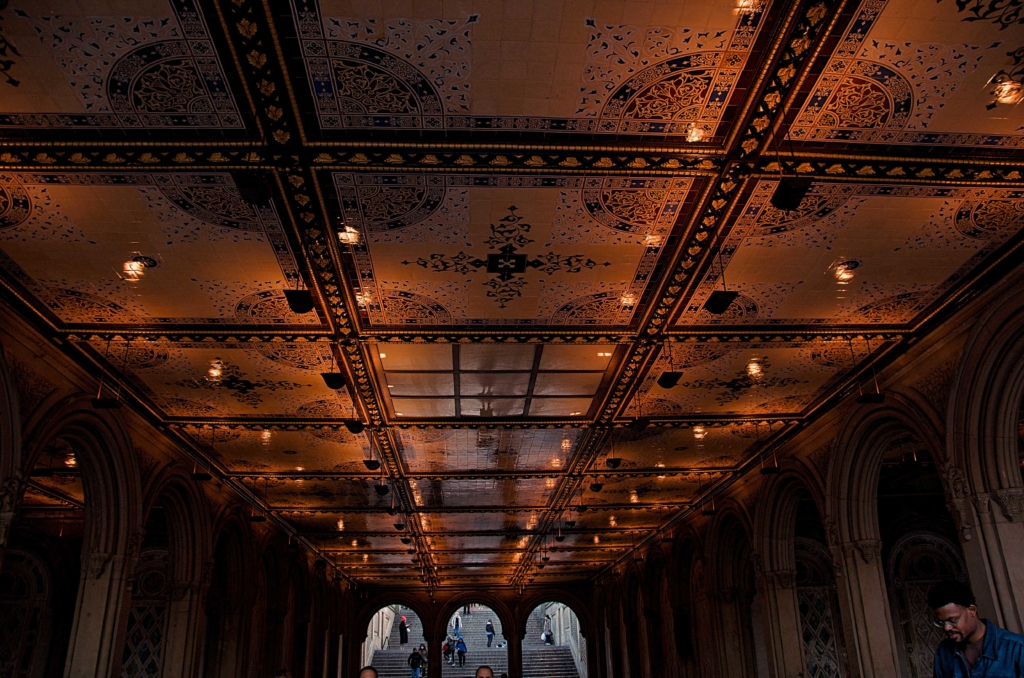
On the other side is Bethesda Terrace with its prominent “Angels of the Water” fountain. When it isn’t spouting water, it’s a play space for children.
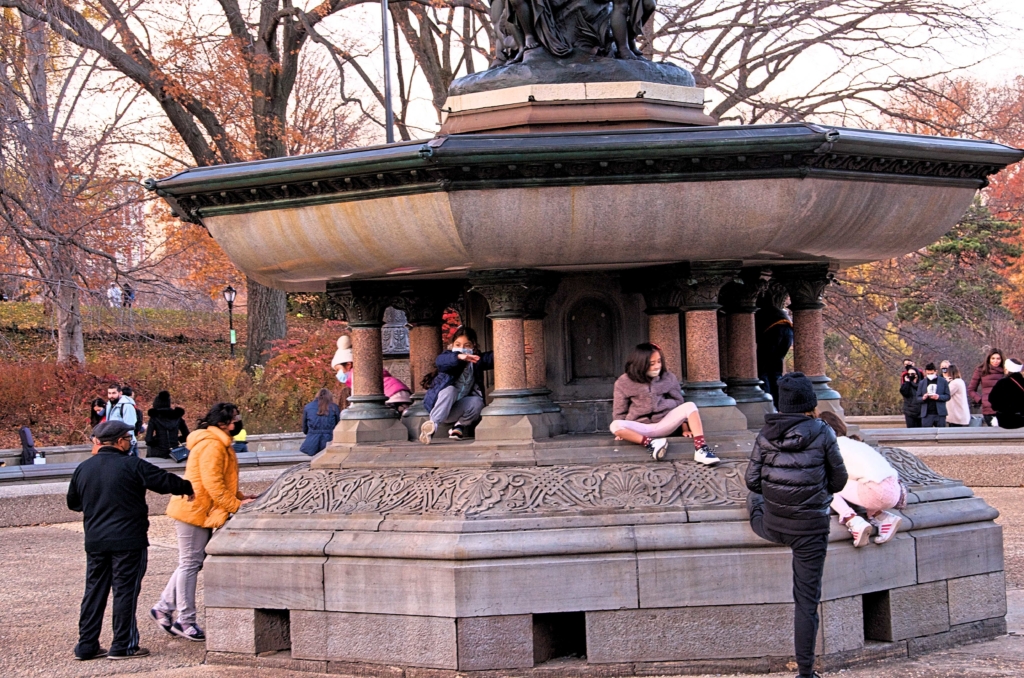
This is a lively area with always something going on, from Latin group-dancing to giant-bubble making.
The Lake
Continue to “The Lake”, an expanse of water with charming bridges and boat houses, as well as views of exquisite buildings surrounding the park.
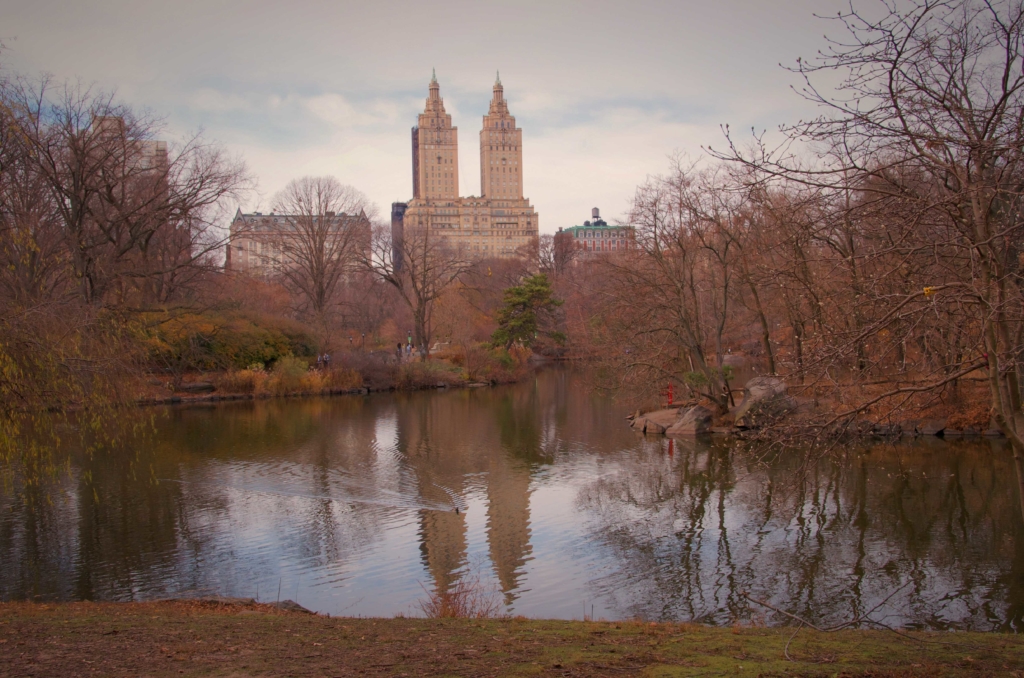
Hans Christian Andersen Monument
Cross the loop road to the Hans Christian Andersen monument, installed in 1956 on the author’s 150th birthday. He sits on a granite bench, reading from his book “The Ugly Duckling”.
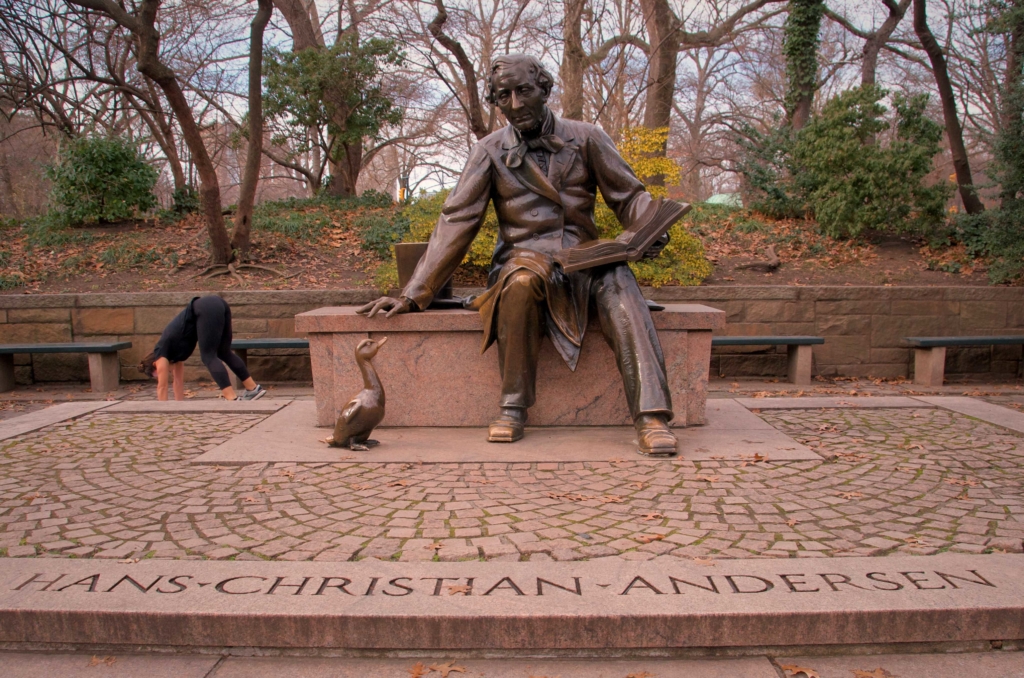
Alice in Wonderland Statue
Keeping in the fairytale state-of-mind, walk north to the Alice in Wonderland Statue, complete with magic mushrooms, the White Rabbit and the Mad Hatter. Kids absolutely love scampering on this statue.
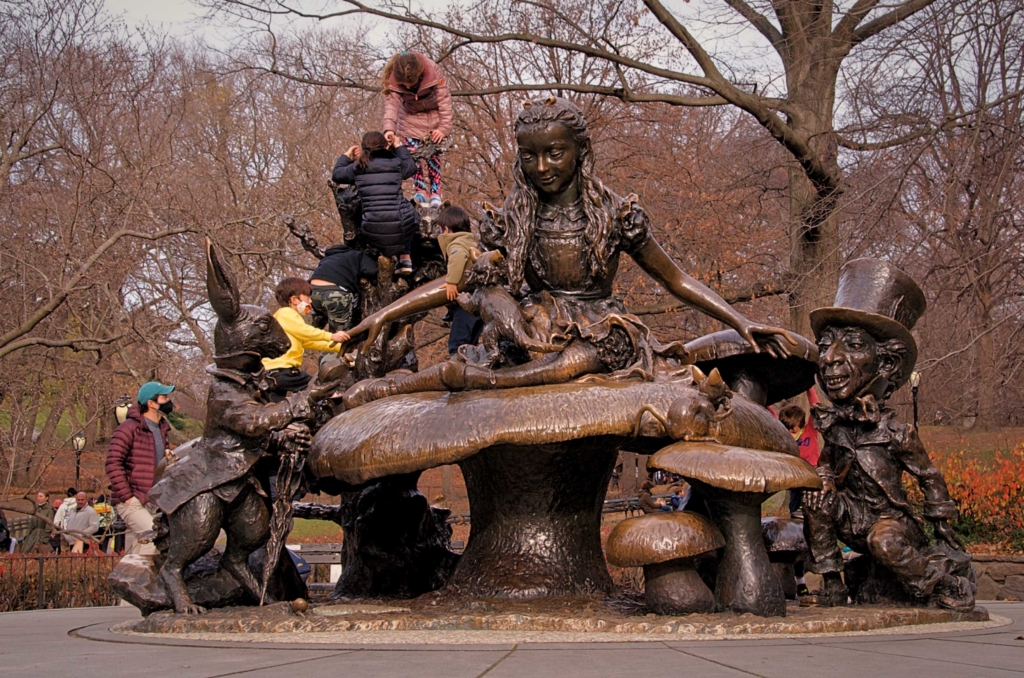
Cleopatra’s Needle
Continue north, past the back of the Metropolitan Museum, to perhaps the oldest object in the park, the Egyptian obelisk commonly known as Cleopatra’s Needle. For almost a century and half, it has stood in the park displaying its hieroglyphics.
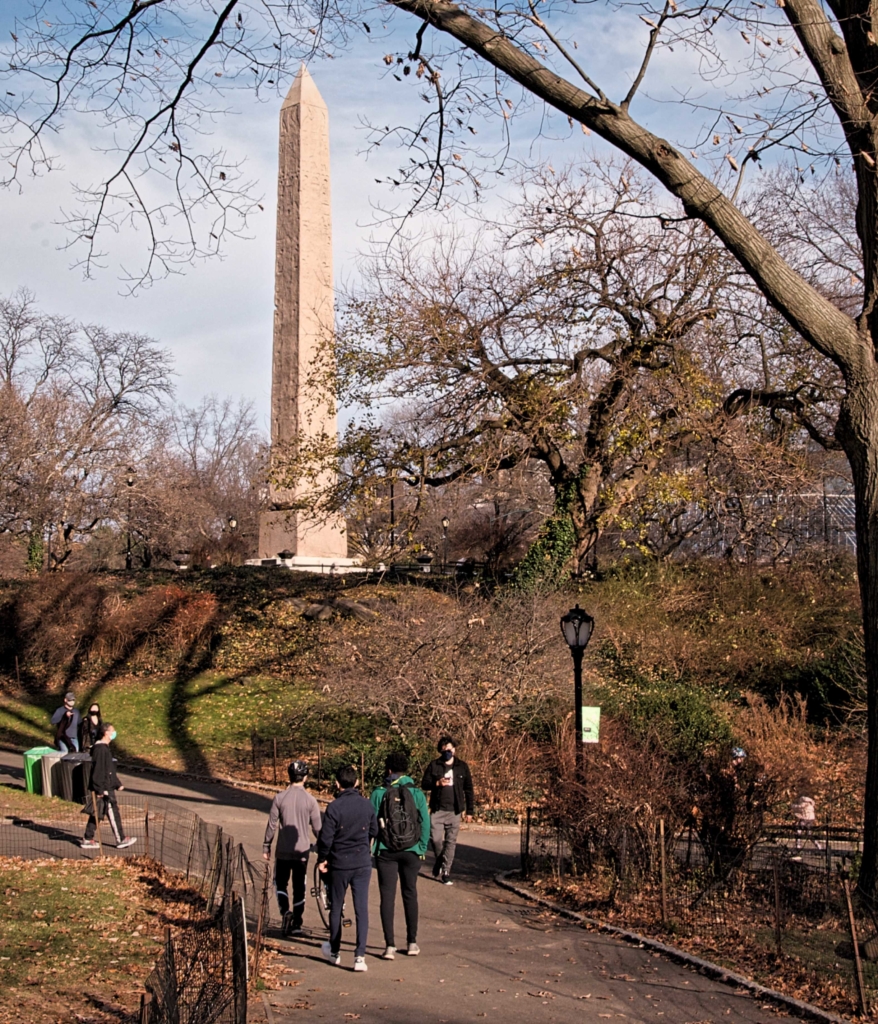
Great Lawn
Turn left and walk to the Great Lawn, a fun place to hang out or play in one of the six ball fields.Like Sheep Meadow, it’s periodically closed to ensure the grass remains healthy.
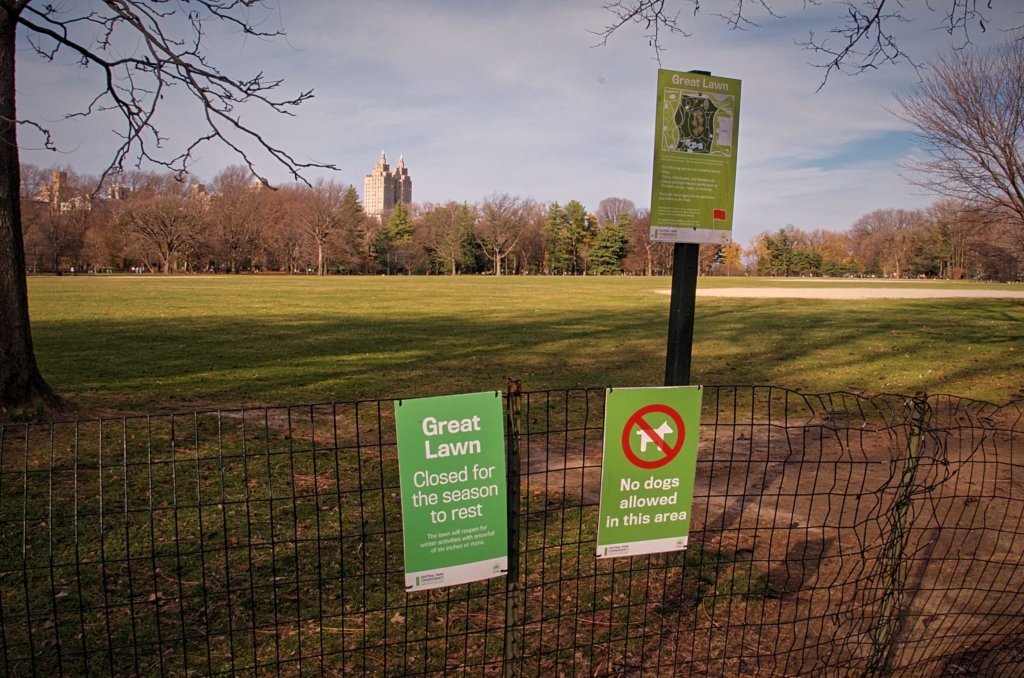
Belvedere Castle
Walk to Belvedere Castle, easily seen from the Great Lawn, as it stands romantically on a high, rocky hill.
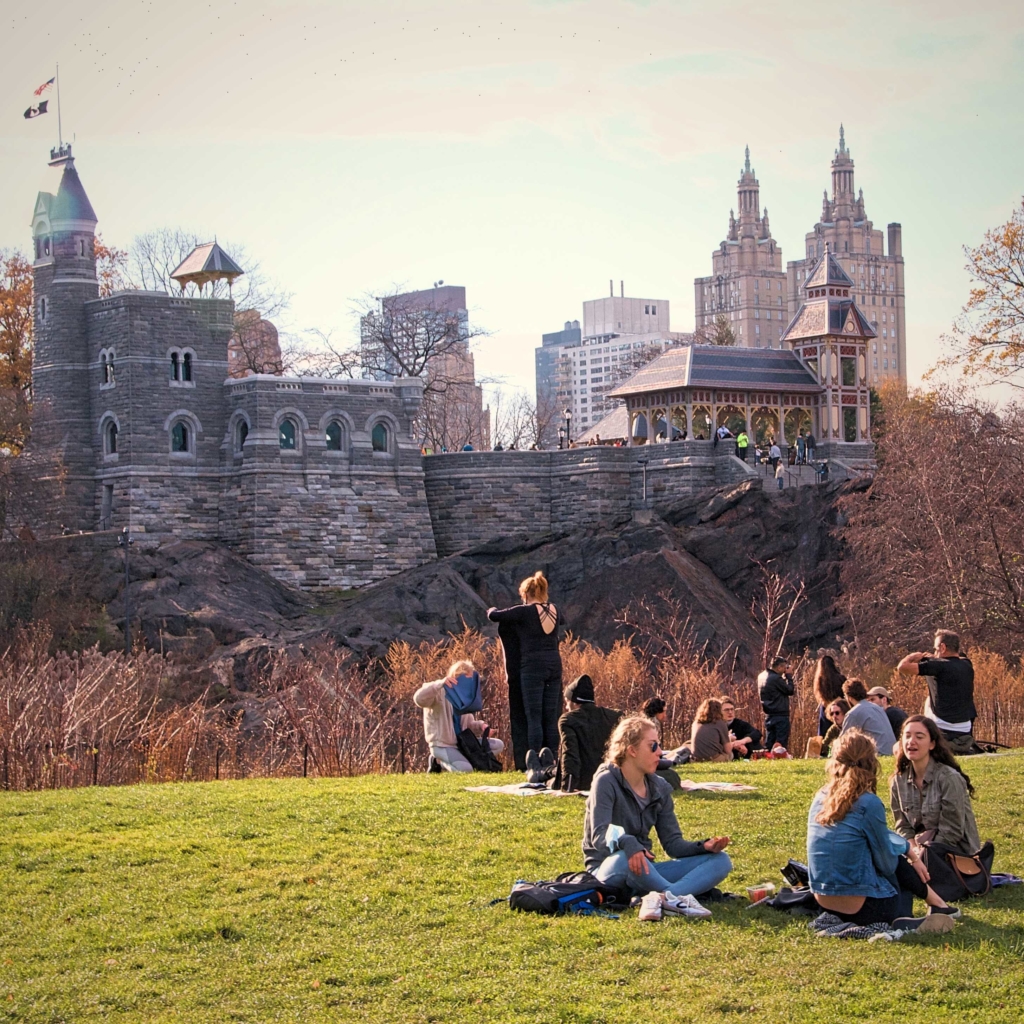
This made-for-Central Park castle, with a grand turret and a flag, provides a “beautiful view” from its windows and two balconies. Interestingly, for the last century the National Weather Service has taken measurements from the castle’s tower for wind speed and direction and rain and snowfall accumulation.
The Ramble
Pass the nearby Delacorte Theater, which is the venue for the wildly popular Free Shakespeare in the Park, to the loop road. Go downtown over the 79th Street transverse, then steer left of the Great Lake. You have arrived in “The Ramble”,where you can get momentarily lost. The forested area hasnarrow paths twisting around formidable boulders and over small streams. It’s between 73rd and 78th streets in the center of the park.
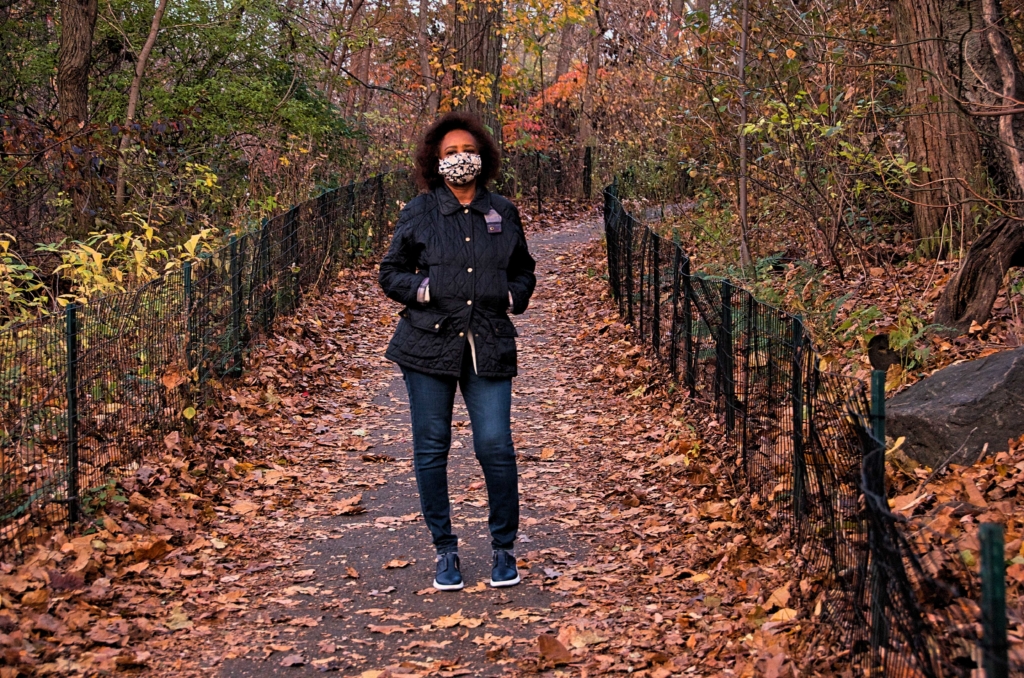
Unsurprisingly, birdwatchers frequent this place, especially to see migrating songbirds.
Strawberry Fields
Work your way through The Ramble to Bow Bridge, which crosses a narrow section of The Great Lake. Go around the lake and head west to the Strawberry Fields Memorial.
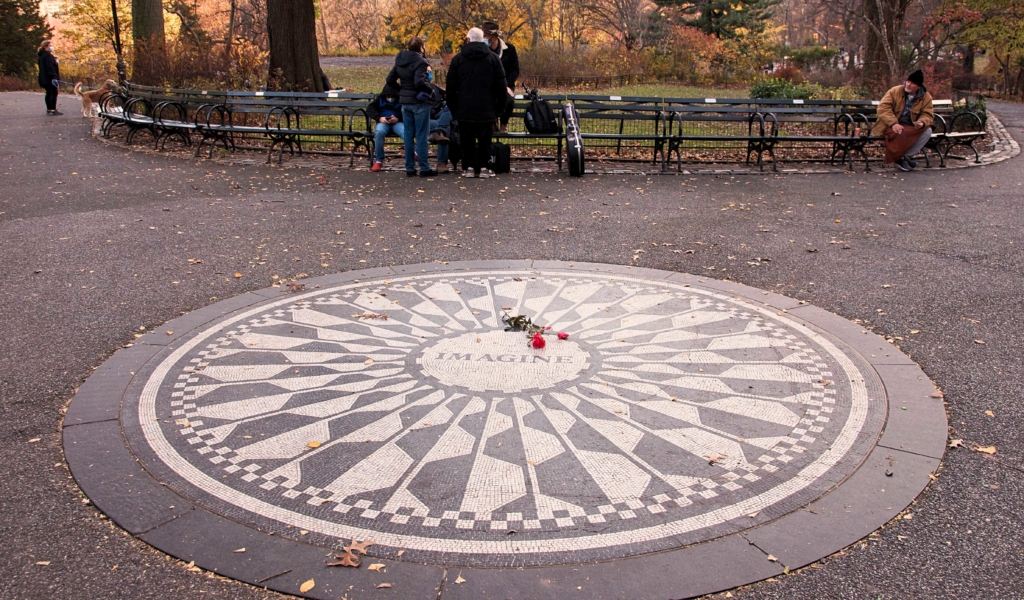
This is a memorial to John Lennon, who loved living in NYC and was gunned down in front of his home in the nearby Dakota Apartments.
The popular Beatles song “Strawberry Fields Forever” referencesa garden of a Salvation Army children’s home called Strawberry Field, where John played in as a child.
The Imagine mosaic was a gift by the city of Naples, Italy. It bears a single word of Lennon’s song, “Imagine”.I still remember Khadija crying when listening to his memorial service on the radio and hearing this song.
This is the final stop on the walking tour. An energetic person may do this in one day. I recommend doing over several days to fully appreciate each stop and discover others.
The Loop
The paved loop-road in Central Park is almost an ecosystem in itself. Many frequent only this part of the park. Those exercising can do the whole 6 mi / 9.6 km road, or shorter routes by taking one of the accessible transverses, including a dirt path south of the Jacqueline Kennedy Onassis Reservoir between 87th St and 97th St.
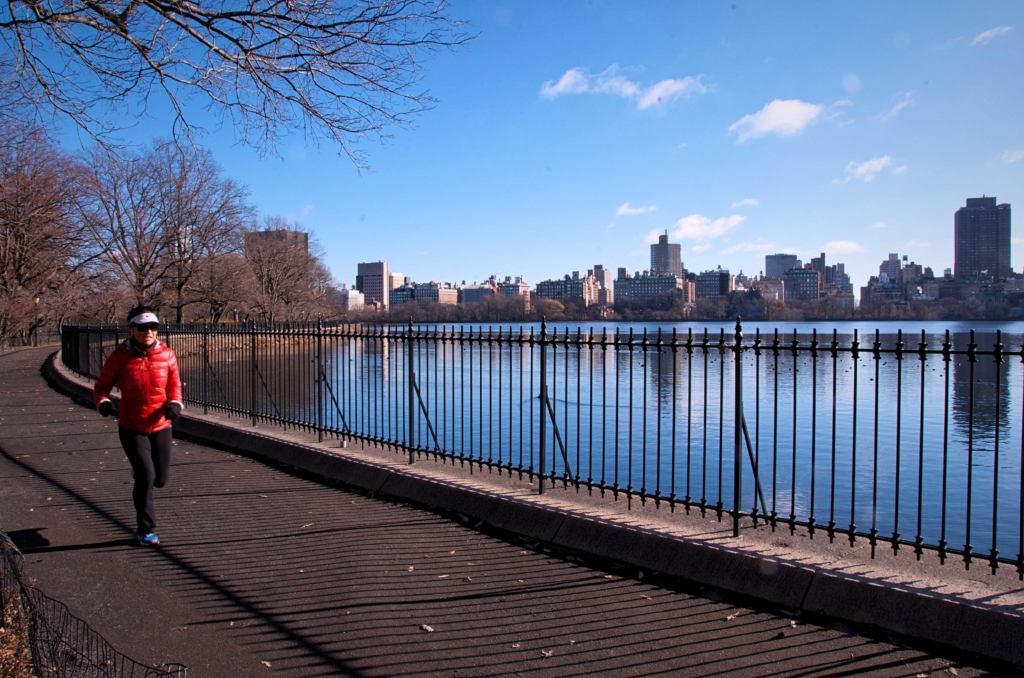
On the loop, you will see serious bicyclists,…
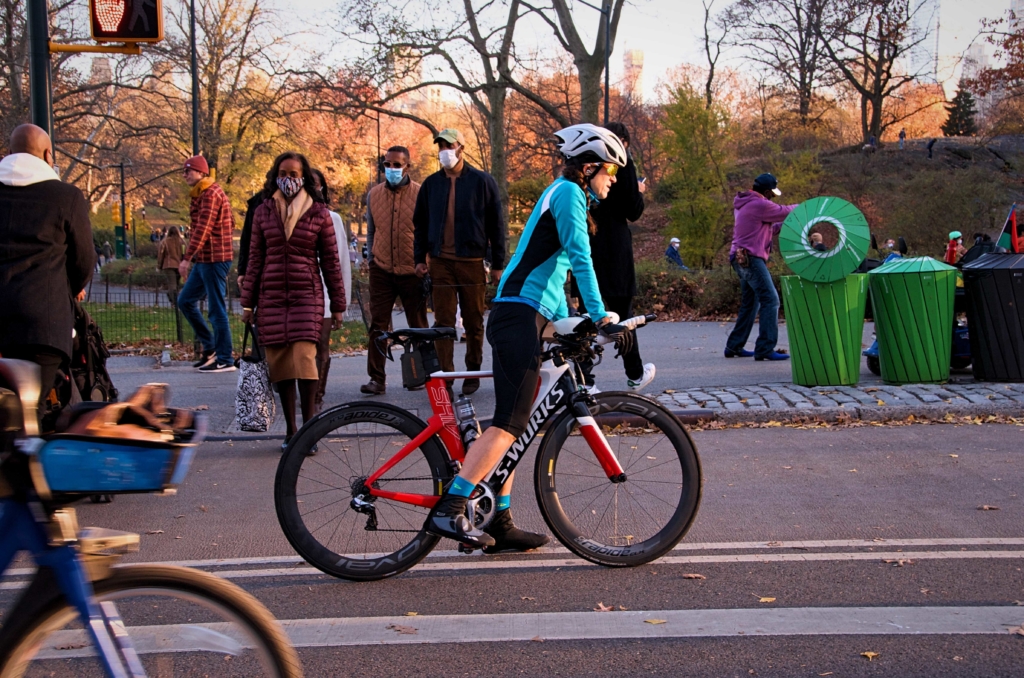
occasional bicyclists, especially tourists, on a rented Citi-Bike,…
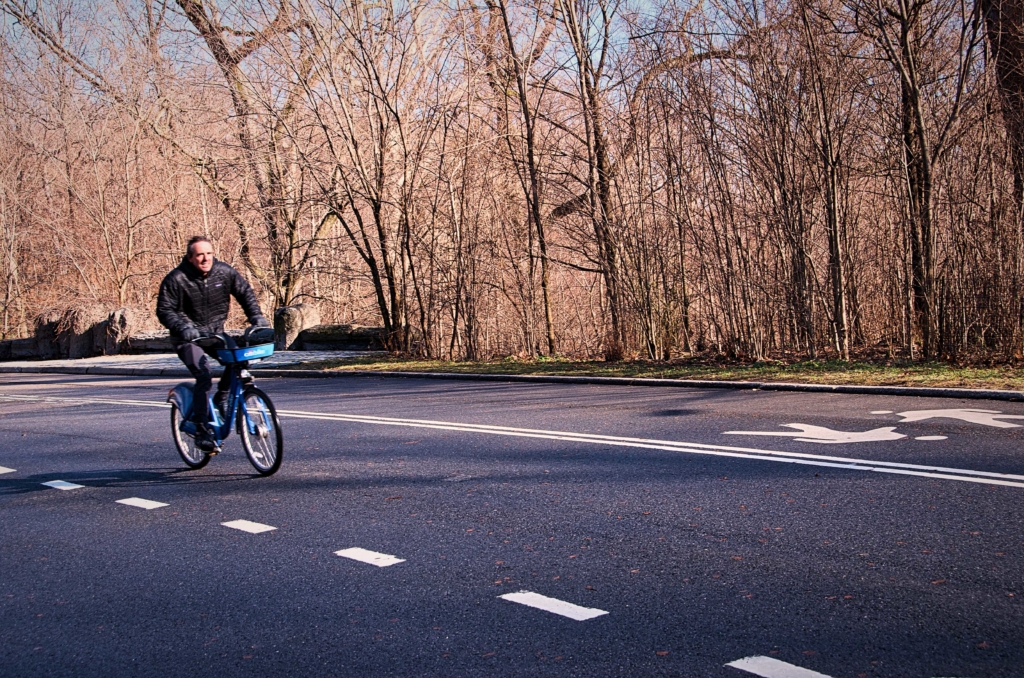
people on scooters and other contraptions,…
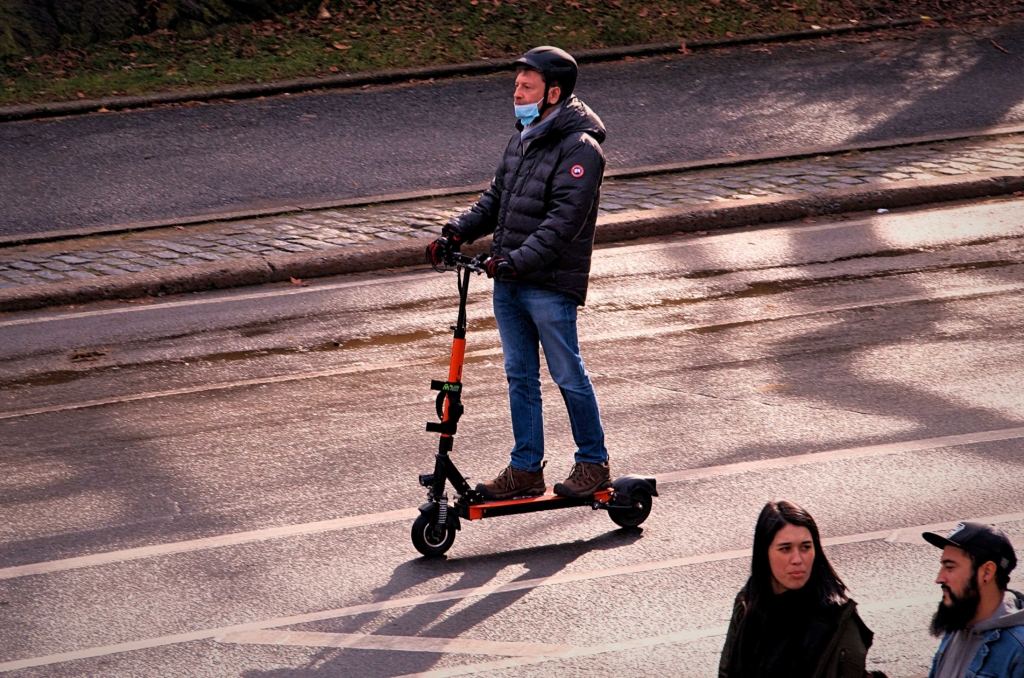
joggers running without fear of vehicular traffic,…
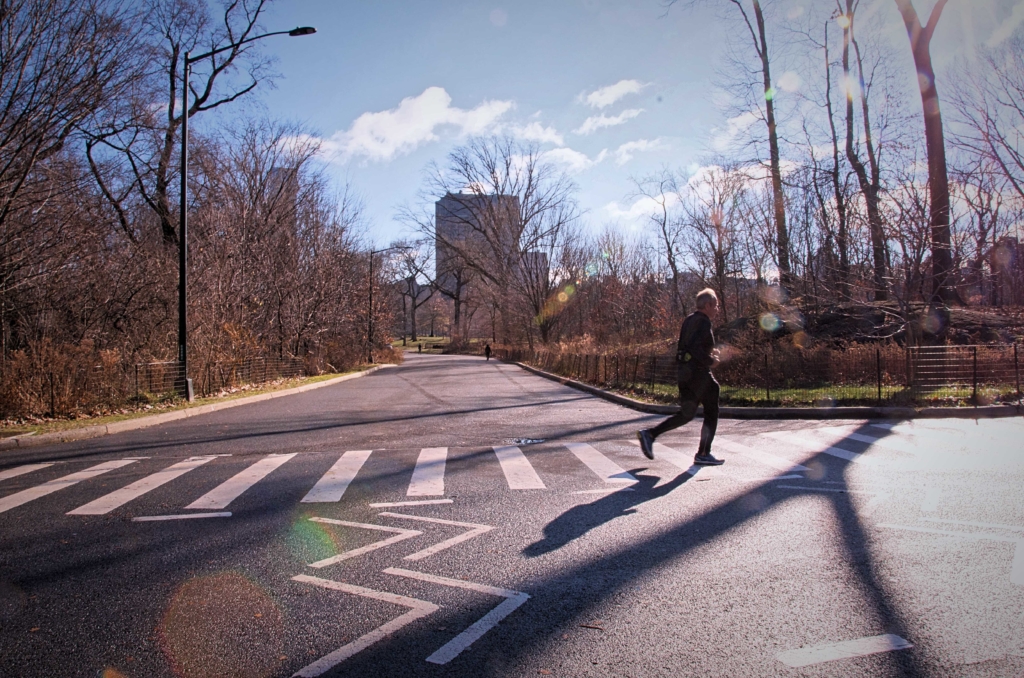
walkers, alone and in a group…
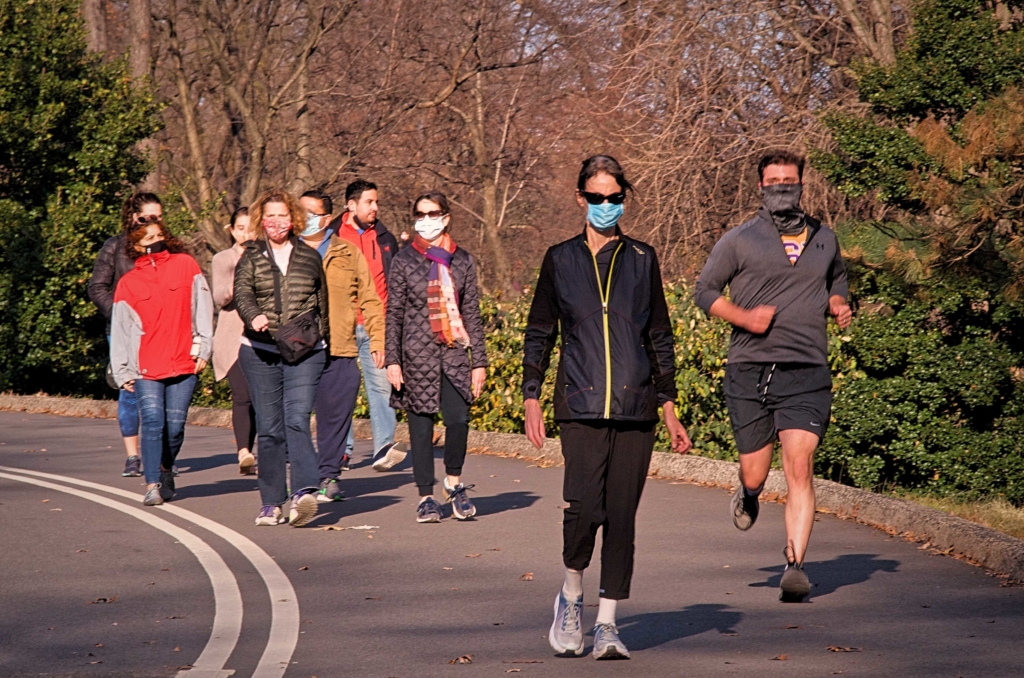
and, of course, the iconic horse carriages.
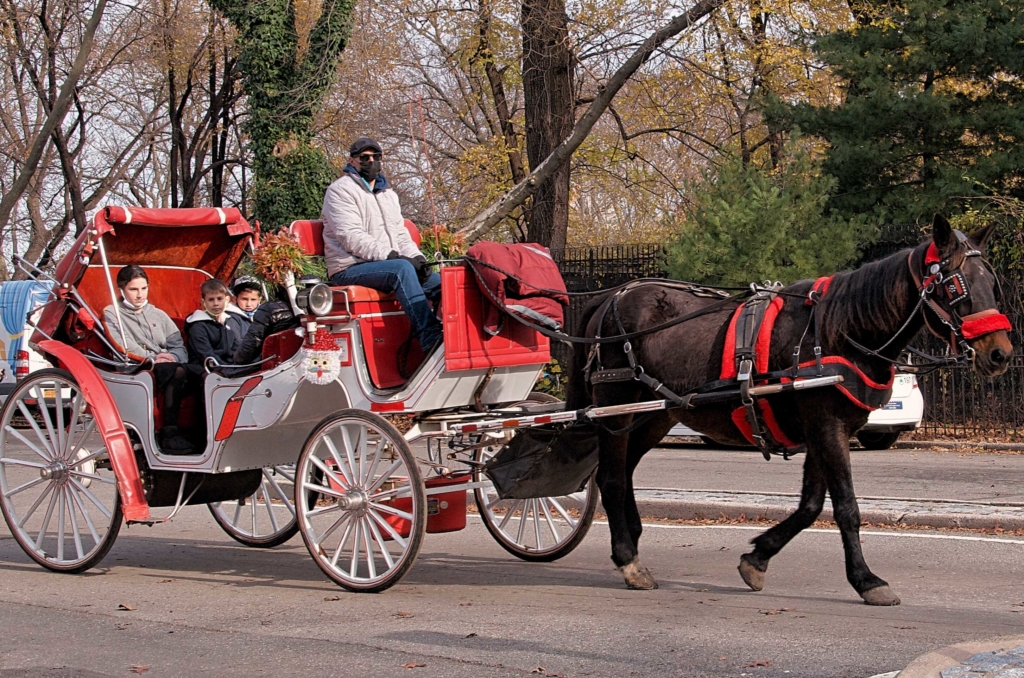
One landmark these travelers often mark their progress with is the panther statue (called “Still Hunt”) on the east side between 77th St. and 78th St.
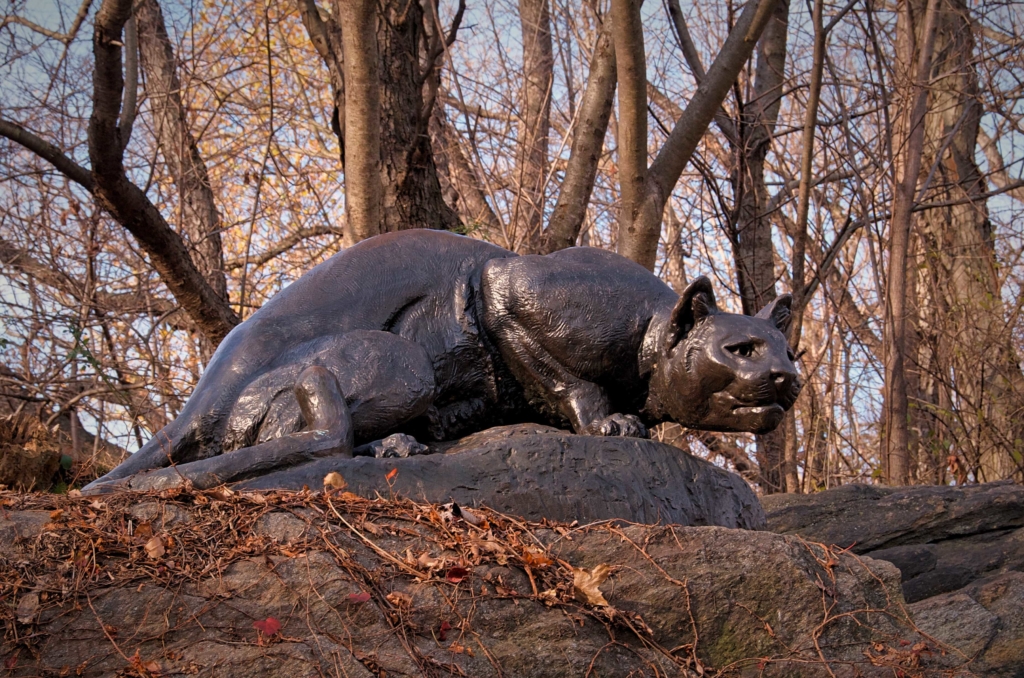
Final Thoughts
After completing this, you will know Central Park better than most long-time New Yorkers.
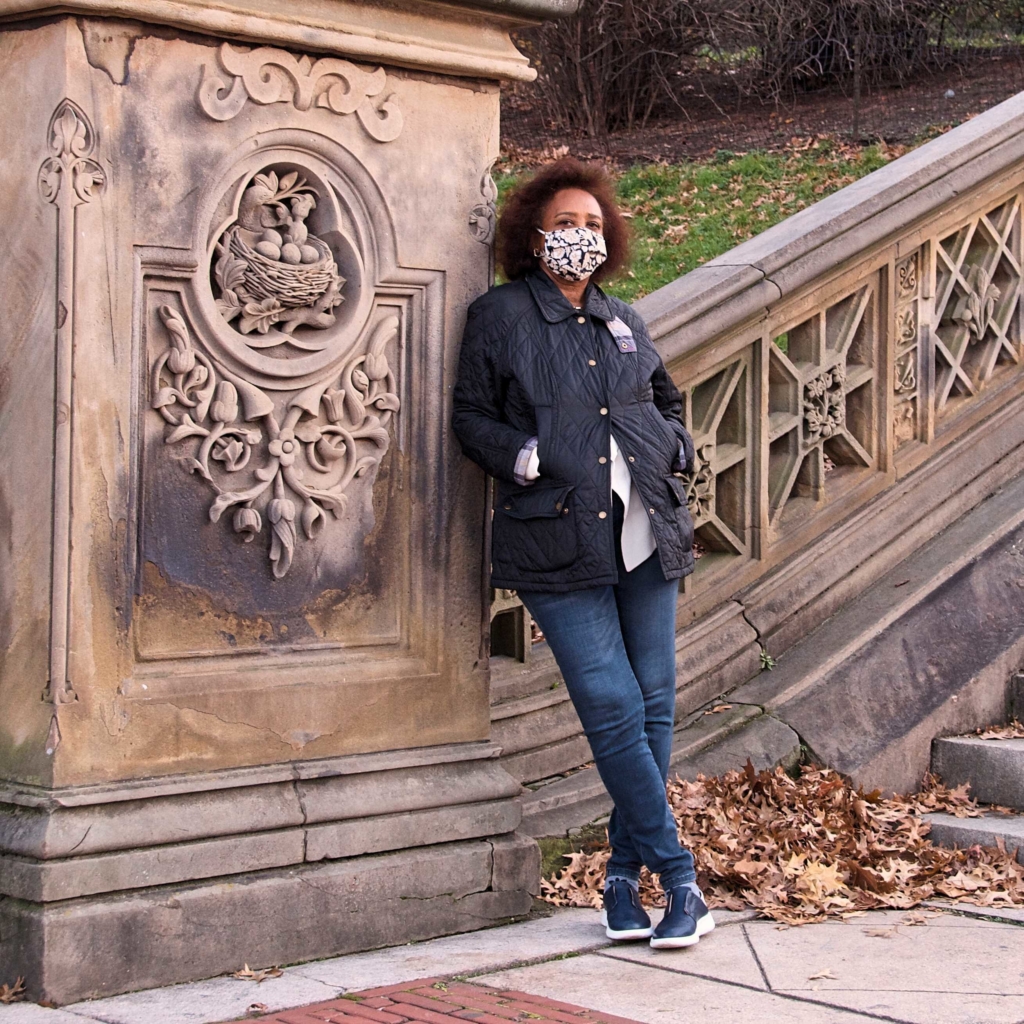
Whether you see everything on this tour, or just step foot in Central Park for a few minutes, you will be very glad you did.

